Loafer (noun) [Kannada: ಲೋಫರ್ (Lōphar)]
Someone who wanders around like they’re on a world tour… but it’s just the neighbourhood.
“Loafer,” delivered with a punch as Lōphar in Kannada, is one of thousands of English-origin words that have been absorbed into the language, making it a rich melting pot of global influences. It’s also a better-sounding word for our subcontinental tongues because it flows more naturally and with a punch than its French cousin, flâneur (/flaˈnəː/), which captures a similar idea of someone who strolls without purpose yet with an intention to observe.
Last month, I became a Lōphar again in my hometown, Bangalore, where I began my lifelong habit of lōphing decades ago.
I was back in the city for a small reunion, thanks to my classmate, whom we, his friends, call Ice. In the early ’90s, we studied together at a college in the heart of the city, on the SJP campus, part of the sprawling higher education zone to the west of Vidhana Soudha. Before our small party, we took the same bus we used to, Route No. 279. We passed the route we once cycled down: me pedalling, Ice perched on the crossbar. We revisited the old haunts, where we ate, tasted draught beer for the first time, pub-hopped, watched movies, and killed time around the city centre.
Walking those streets again with Ice, now seeing the city centre afresh through a lens tinted by memory, it struck me how much of the city’s undercurrent remains unchanged. Meanwhile, the city beyond the Outer Ring Road is morphing at a breathtaking pace, seemingly a different Bangalore altogether. But that’s another story.
Today’s images are from that stroll.
Etymological Note
etymonline.com/word/loafer:
The English word loafer (n.), meaning “idler” or “person who loafs,” dates back to 1830.
Its origins are uncertain, though one theory suggests it derives from land loper (1795),
a partial loan translation of German Landläufer (“vagabond”),
from Land (“land”) + Läufer (“runner”), itself from laufen (“to run”).
Curiously, Old English had hlaf-aeta, meaning “loaf-eater”
—a household servant who consumed his master’s bread
—echoing the root sense of lord as
“loaf-guard.”
Route No 279.
The Bus Stop has a banyan tree and naga stones that survived from the days this was an agricultural village - Nagashettyhalli. The paddy field that belonged to the village was acquired by the expanding city in the mid-1980s by Ramakrishna Hegde’s government for building the Dollar Colony. It was intended for NRIs like Seawoods in Navi Mumbai but was eventually bought mainly by corrupt politicians, babus, and the rich.
Last Stop: Majestic.
Majestic: The heart of Sandalwood, the Kannada film industry.
Unlike Mumbai, Bangalore and other cities in the south have film posters pasted on their walls. I have an untested theory, that one way to revive the now boring Hindi film industry is to allow posters all over the city, defacing the walls. It creates a connection between the people and the movies we make.
Remains of posters on an abandoned building.
It’s ready to be demolished.
The question of ‘Who am I?’ in Bangalore often gets answered through language, but people carry many other identities too. Things like gender, religion, caste, state, and district all show up in the city’s walls, sounds, food, and politics. The loafer gets to observe them all.
Remains from the 20th century are visible around this part of town, looking at us as if Bangalore hasn’t changed.
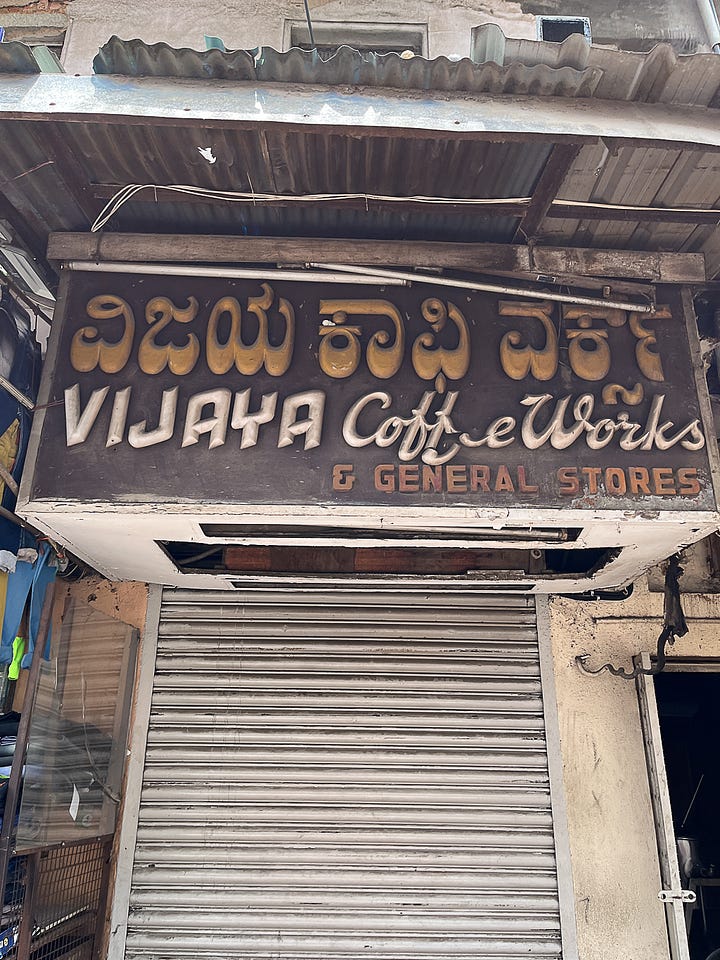
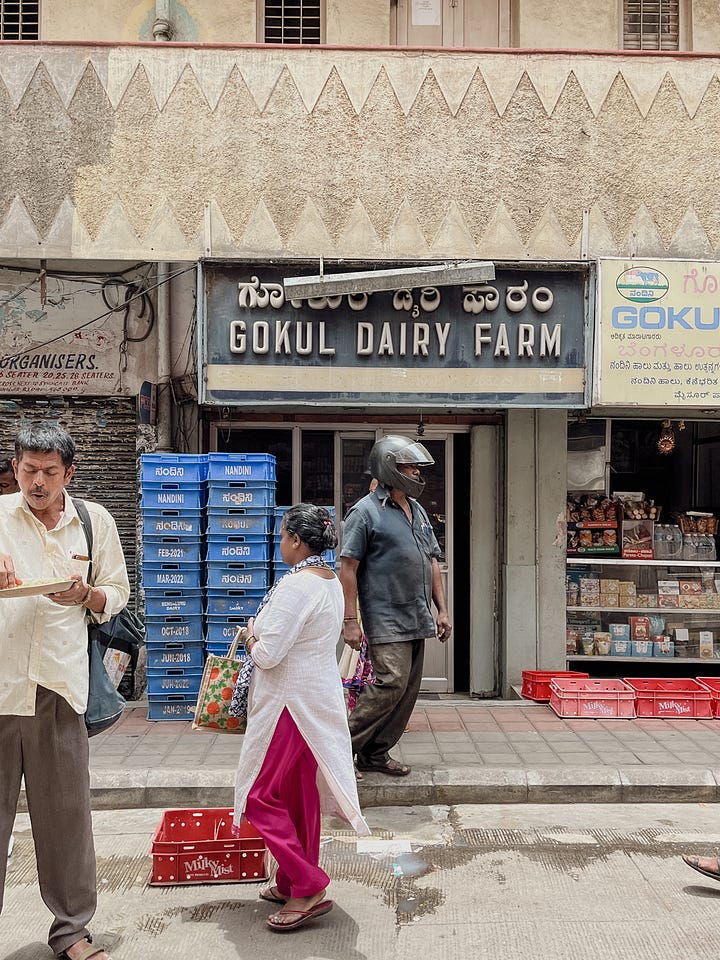
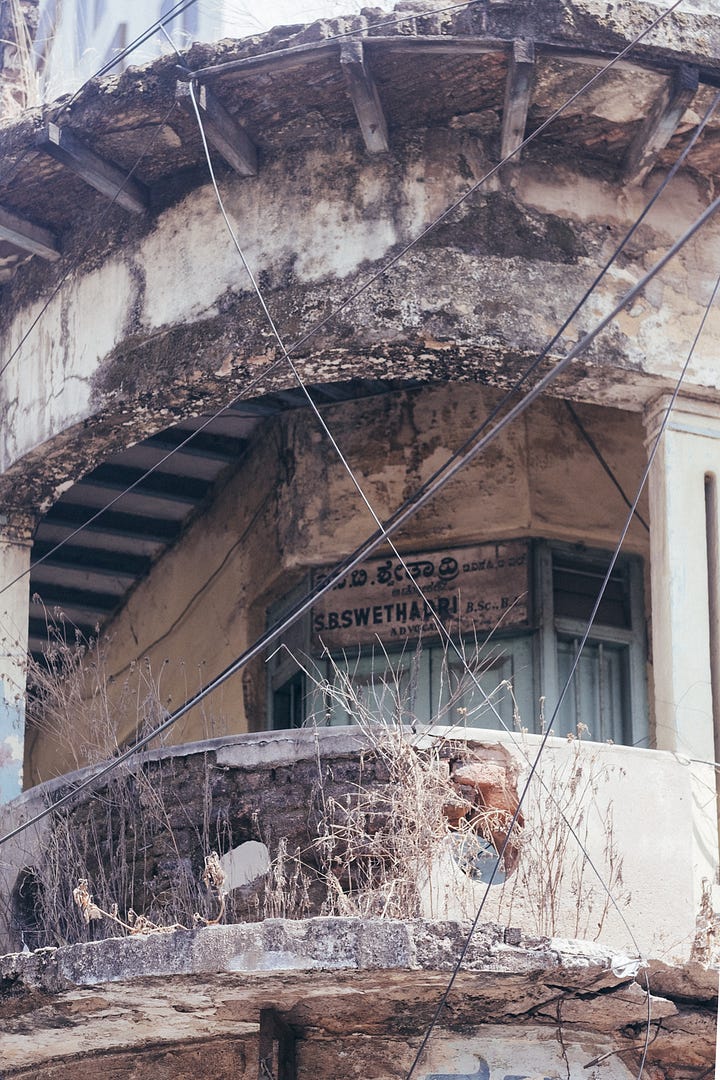
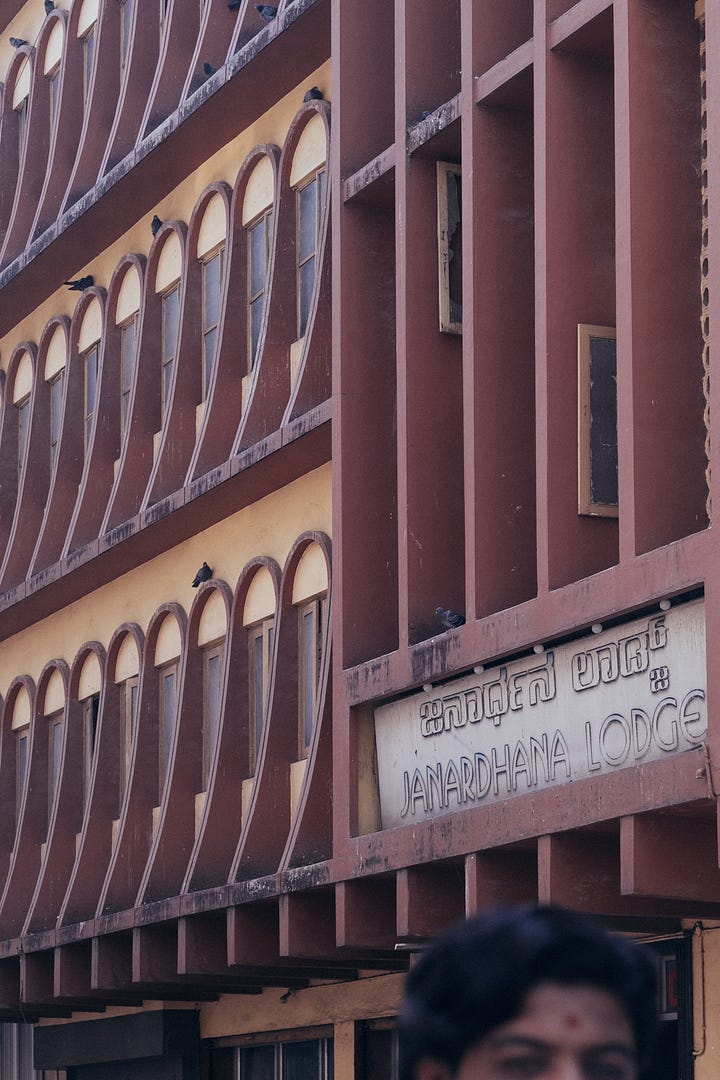
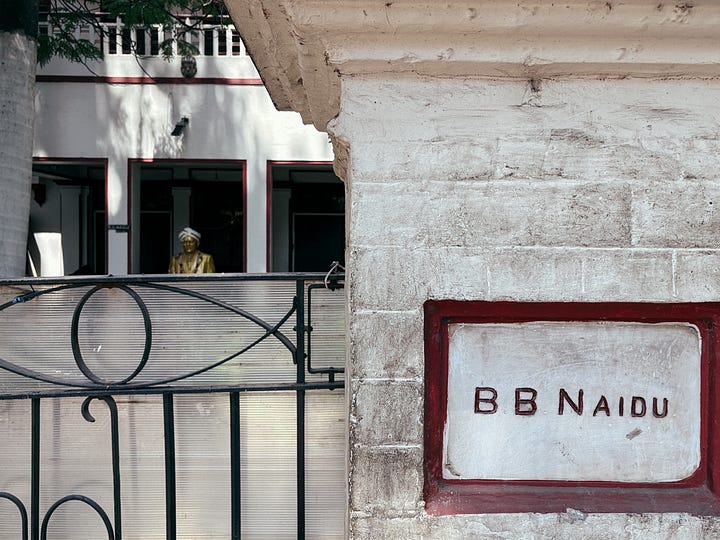
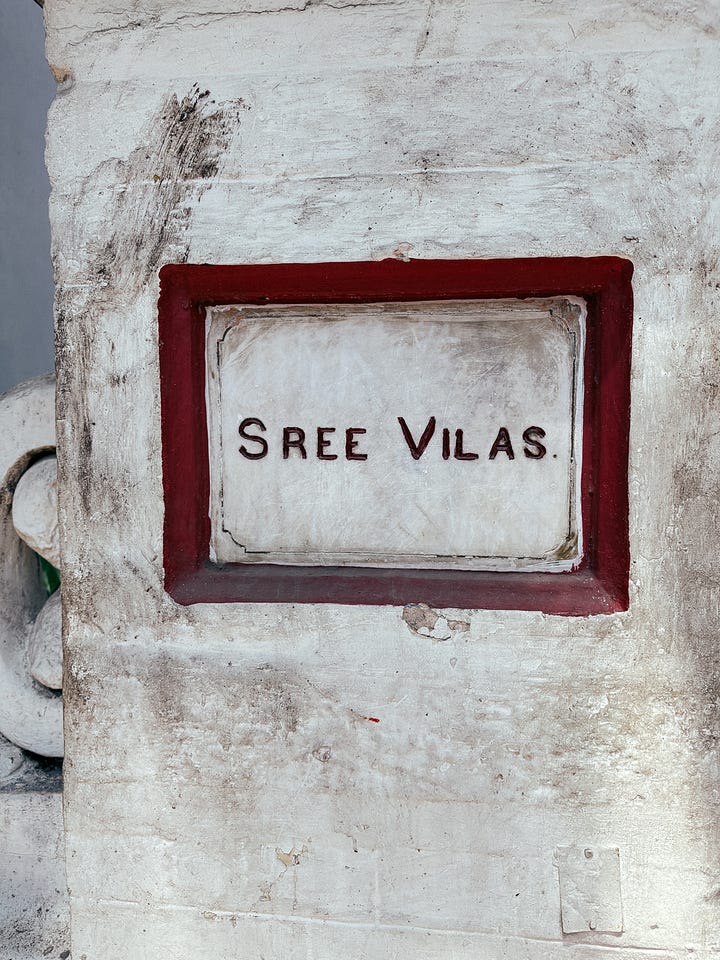
Coffee break in a restaurant still retains the look and taste of good old Mysore, Bangalore, Bayaluseeme town centre mass eatery.
From here, we set out towards our college, past the old city centre. Here, a few of the buildings, especially in the old Bangalore University's Central College Campus, were from the early part of the last century.
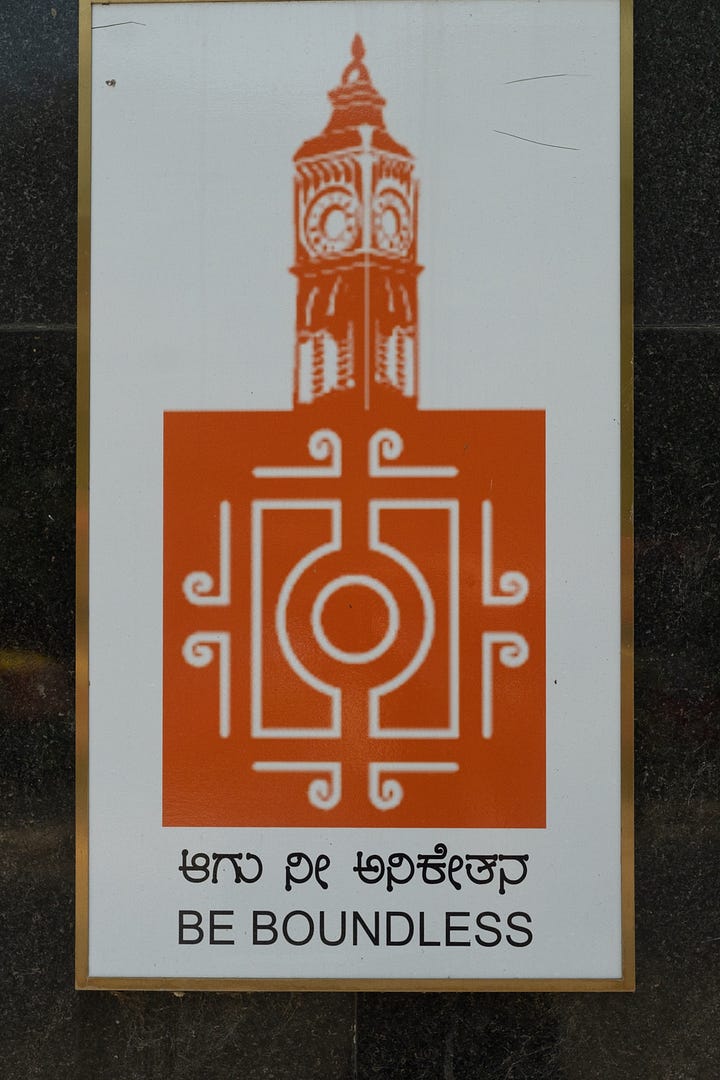
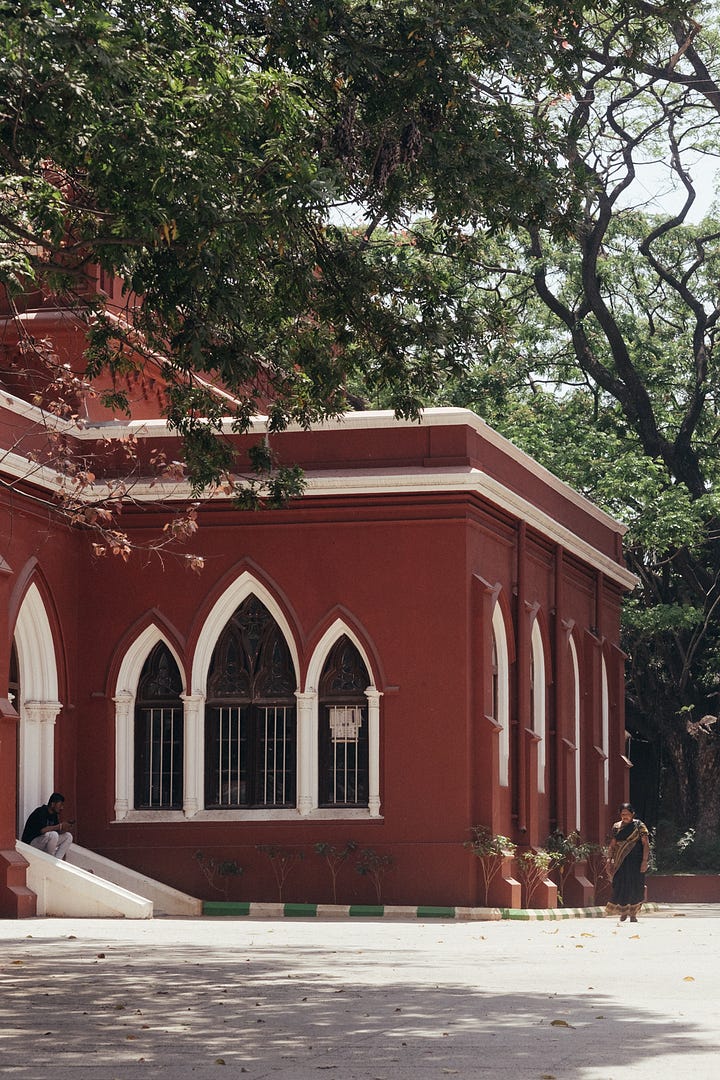
Art Deco?
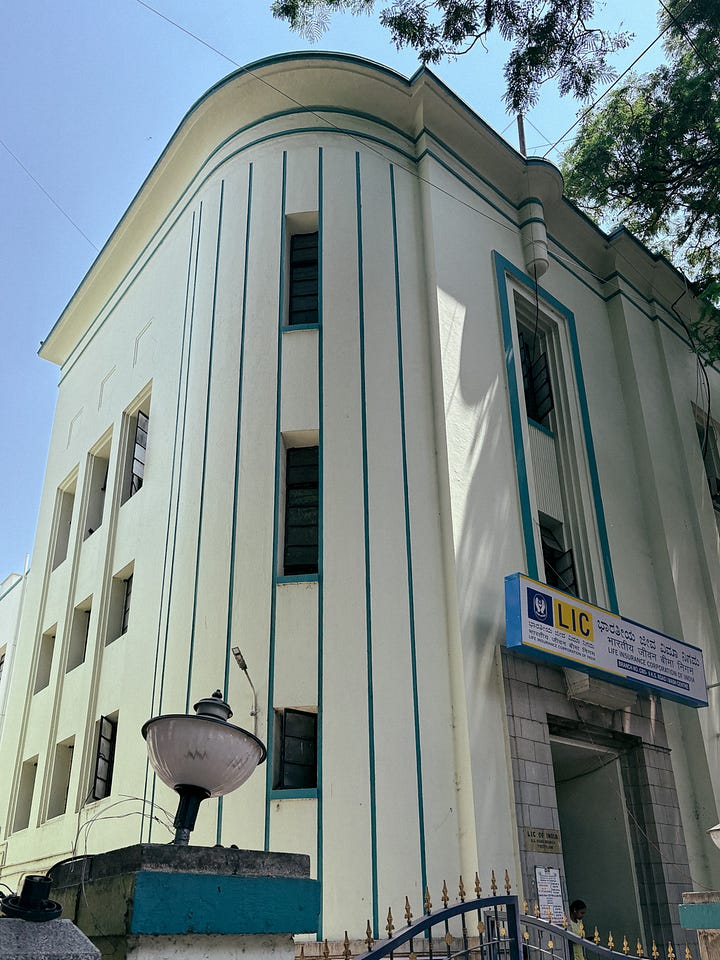
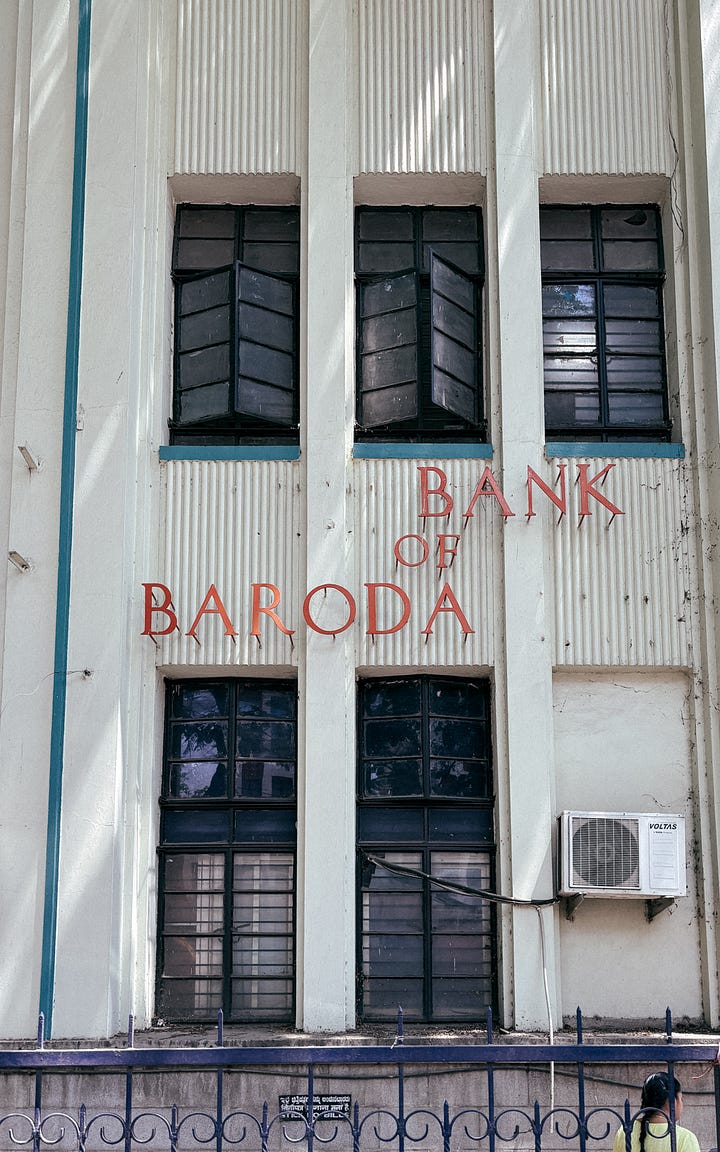
If anyone from Bangalore talks about the good old days, take it with a pinch of salt. The problems the city faces today are as acute as they were in the 1990s and even before that. Even basic things like water or electricity were in short supply, and the demand was always ahead of the supply. The streets are probably much safer for women than in the 20th century. The pet peeve of today’s car-brained, the condition of the roads, is best not mentioned, and the city buses were super crowded. And I think I will stop the endless list here.
However, Sanju Baba is still king. So is Shankar Nag.

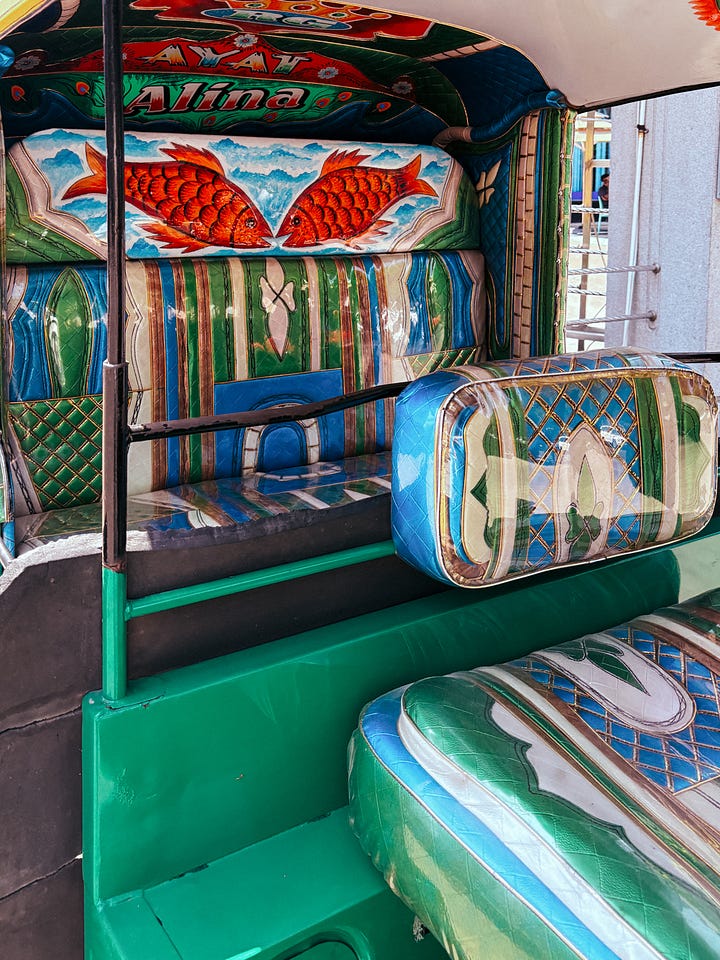
Thanks to global influences, the food in the city is better. The Military Hotel dishes contain actual meat, not just bones in a watery gravy.
And now the city has a metro that arrived many decades late.
Back to our loaf across town, after a visit to our college and meeting people there, we settled for cold beer and Coorgi Pork Fry at a pub that still survives, with few changes. Can you name this pub?
That’s all, folks. Thank you for joining us for a boring personal sojourn.


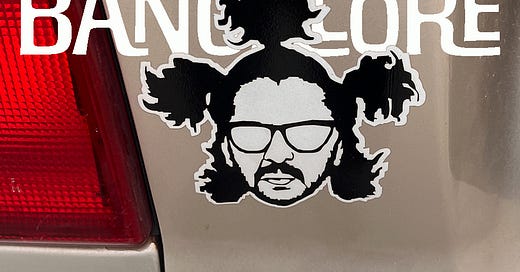



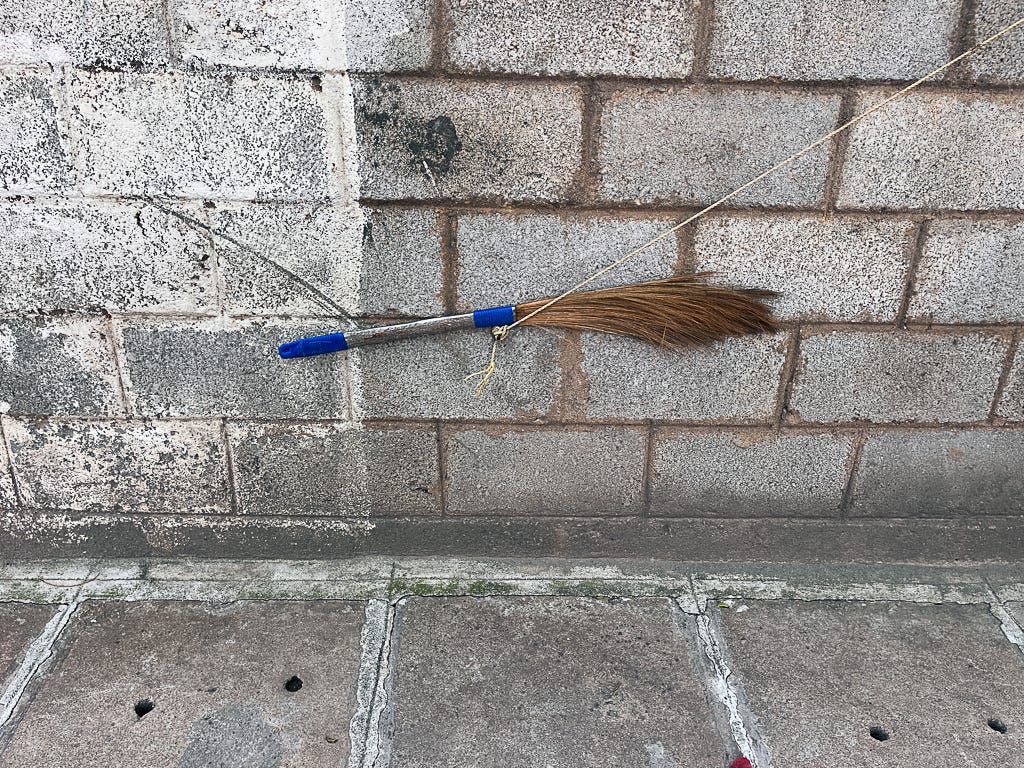
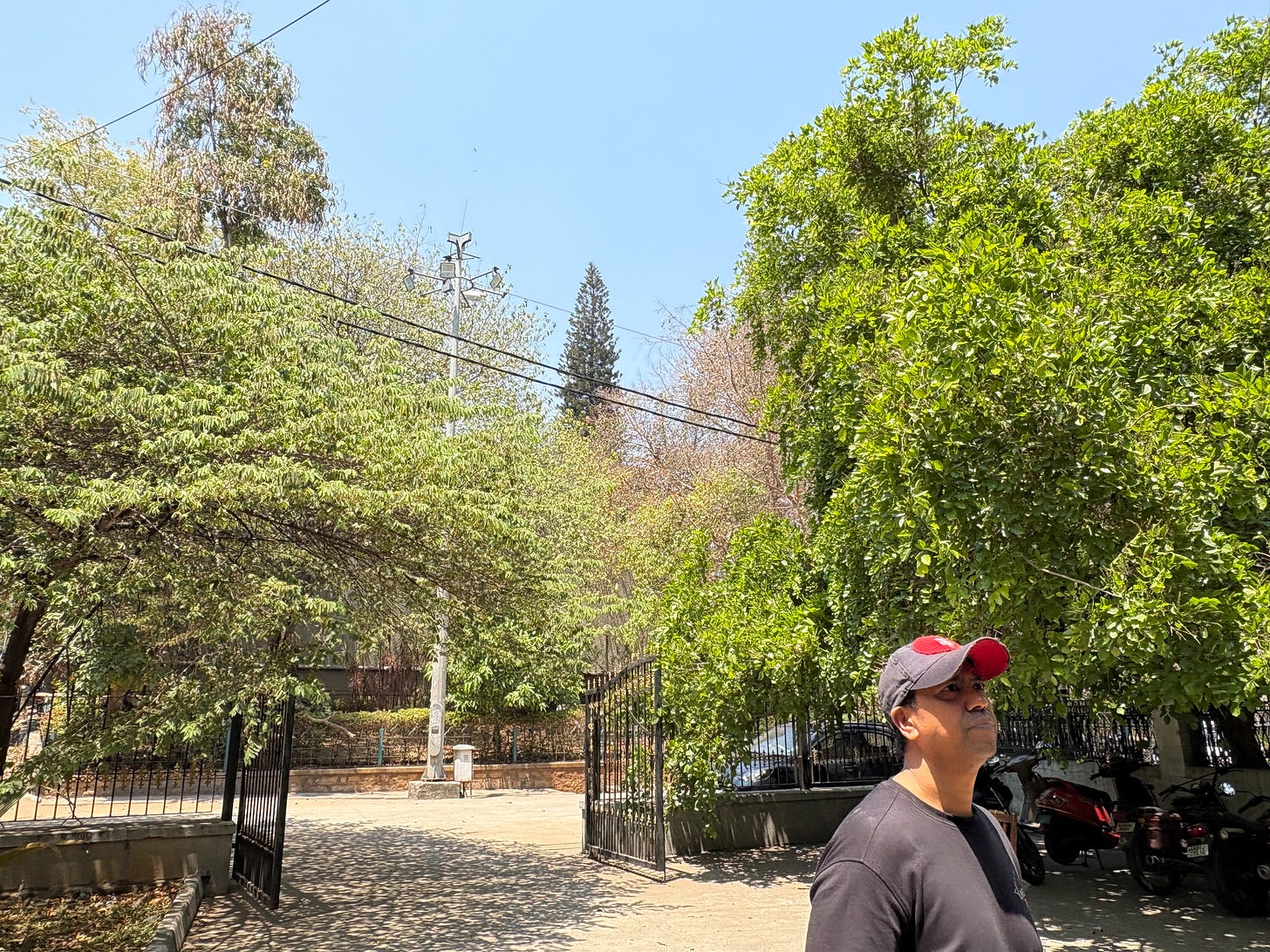
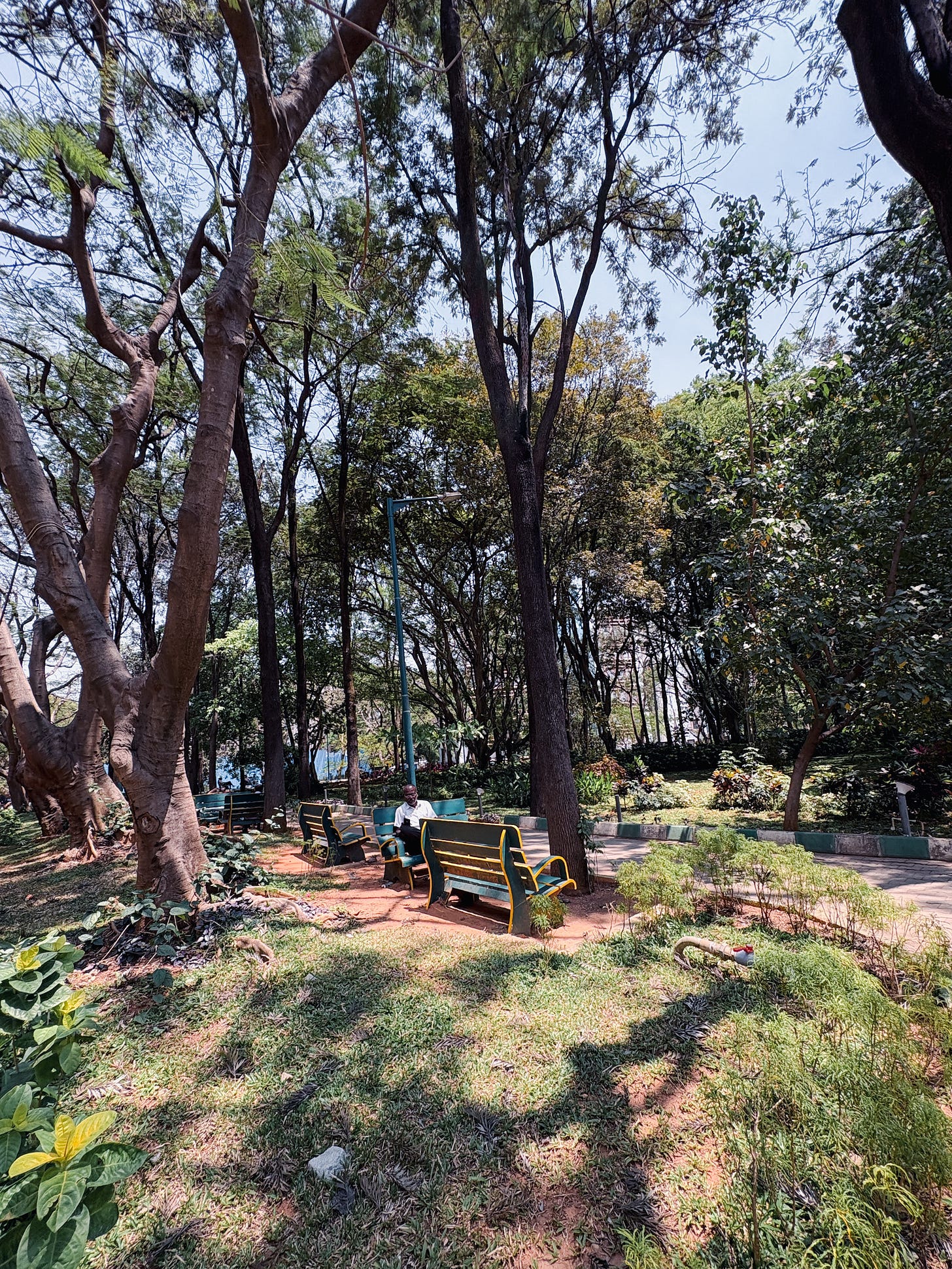
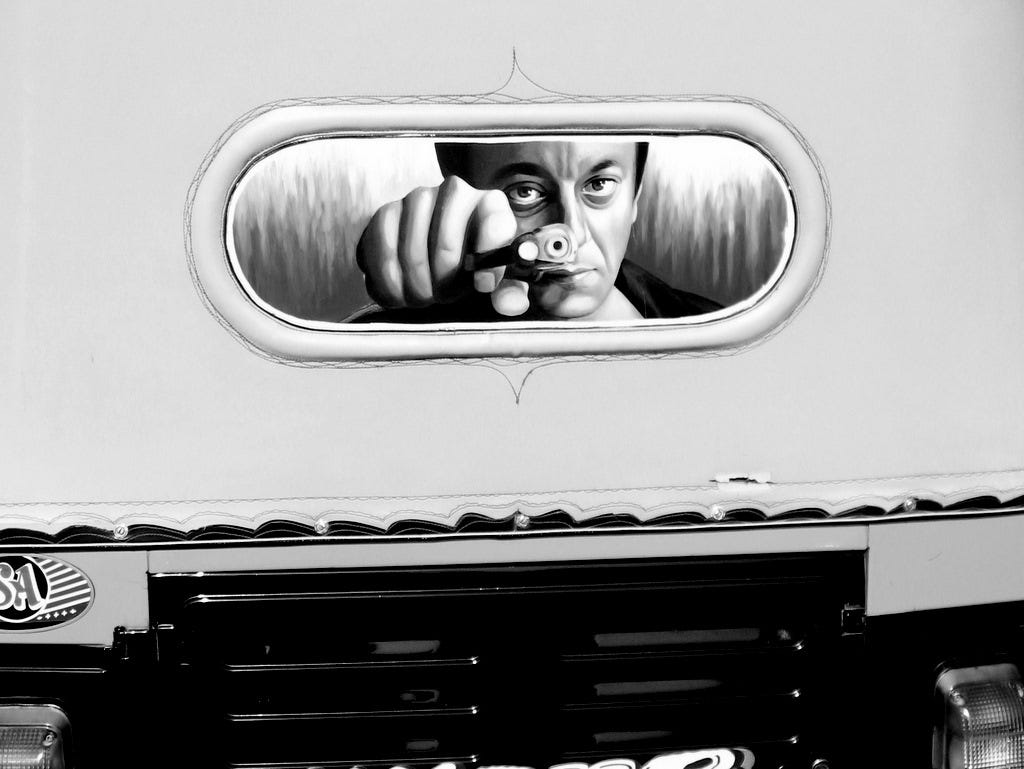
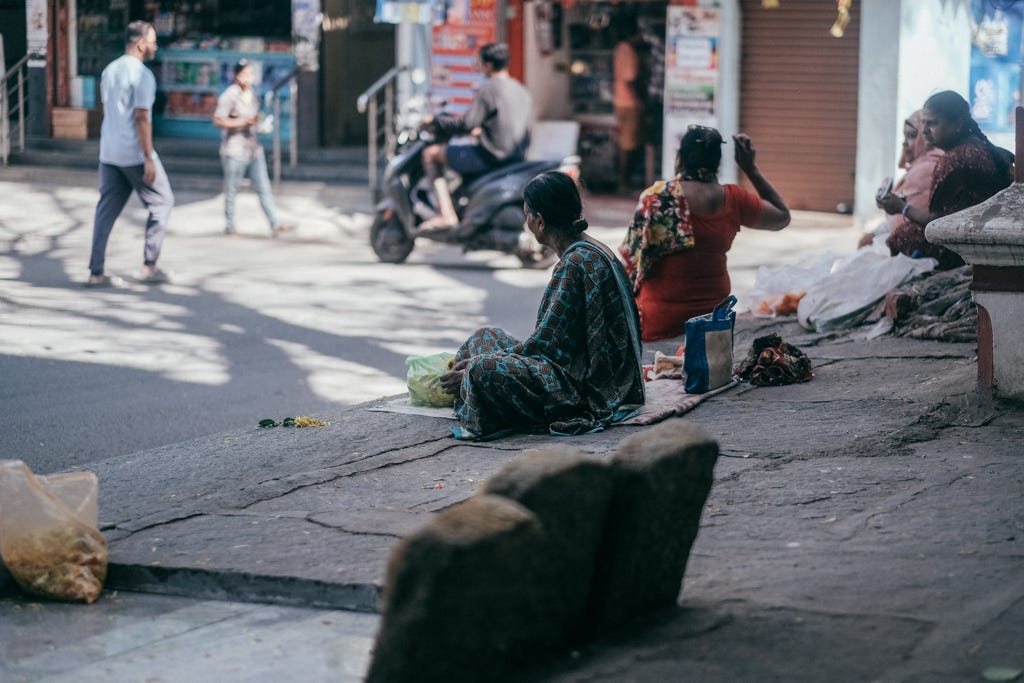
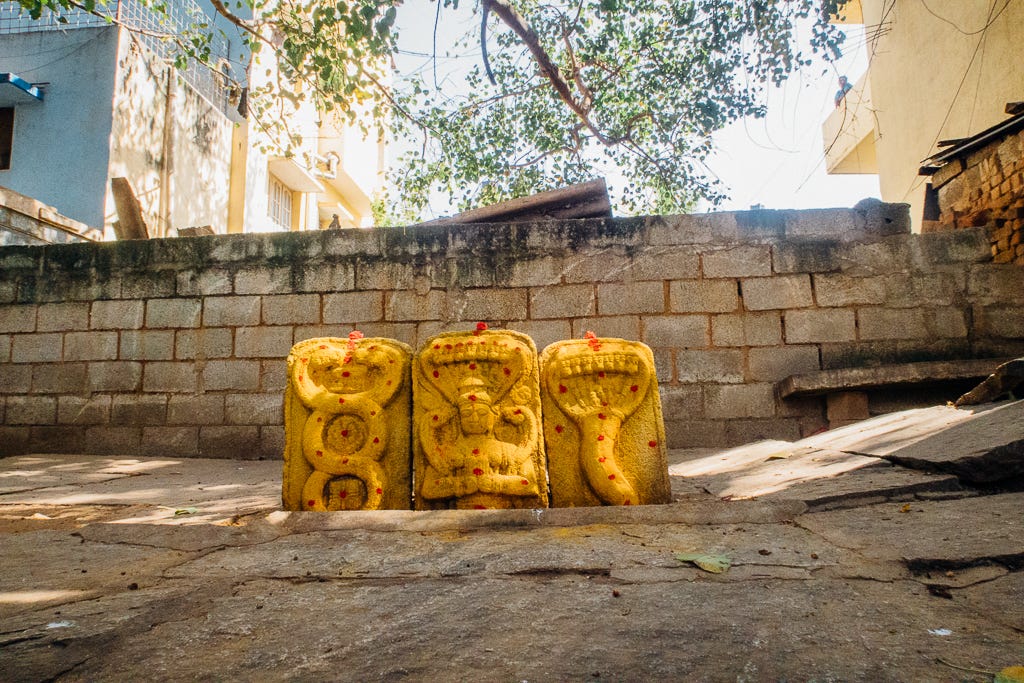
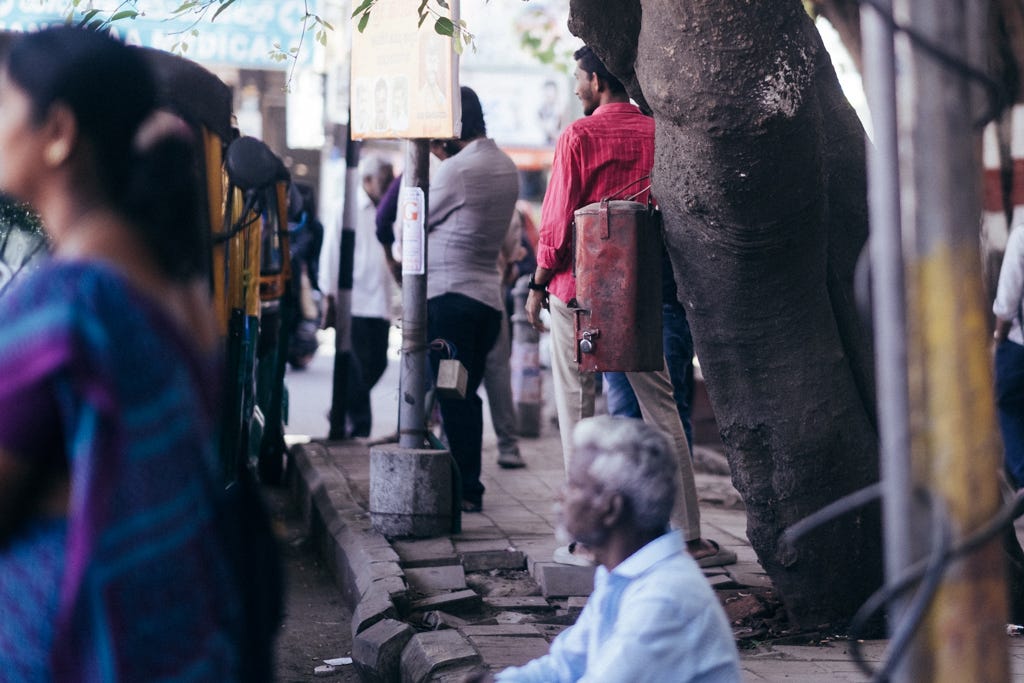
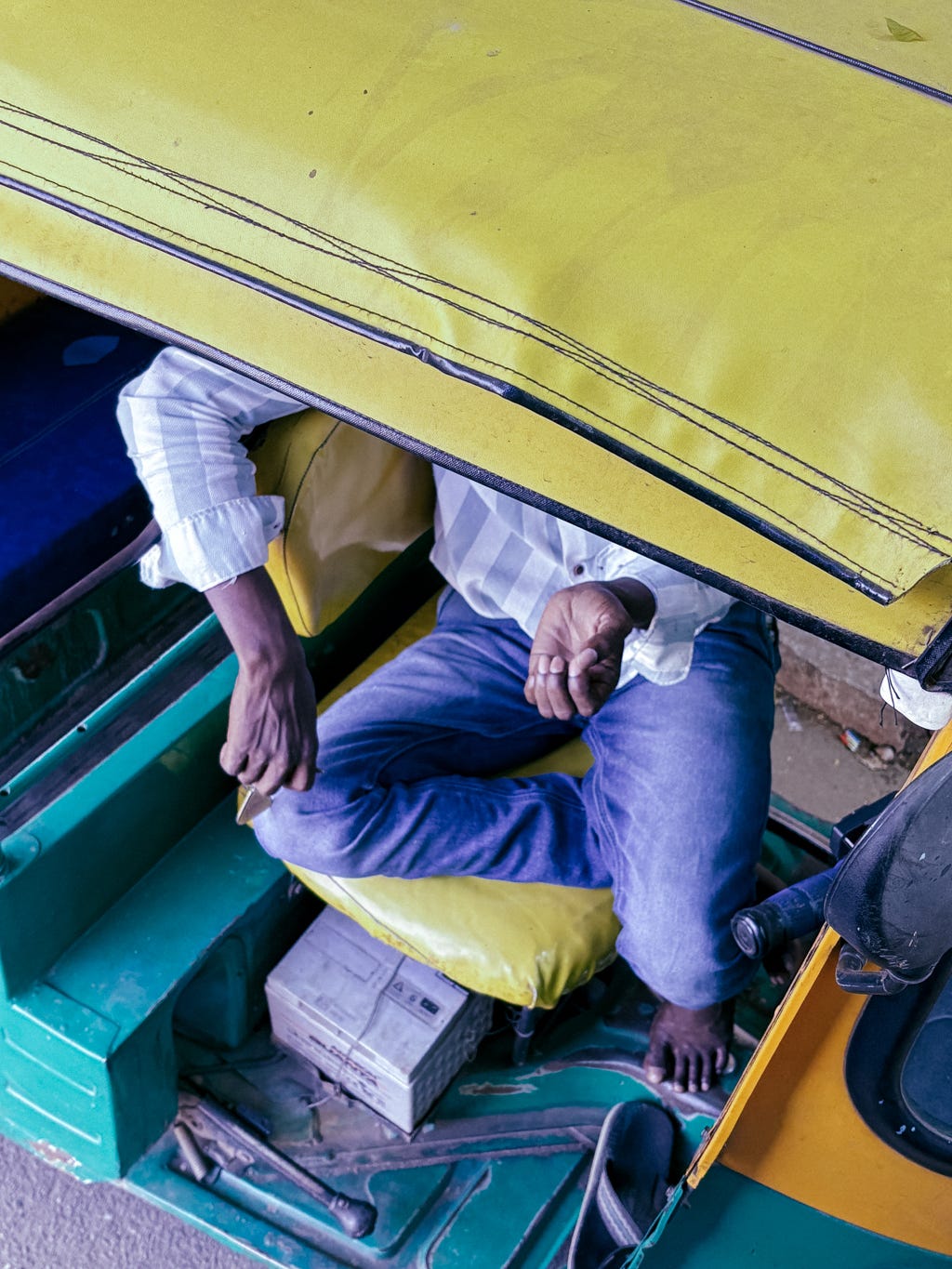
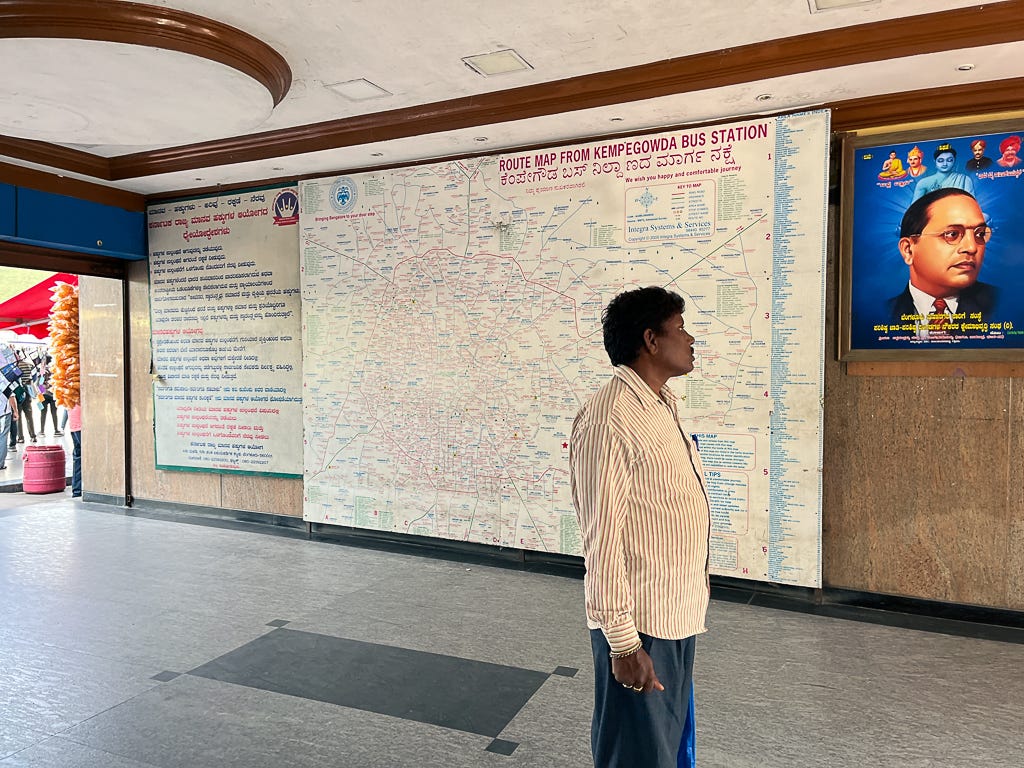
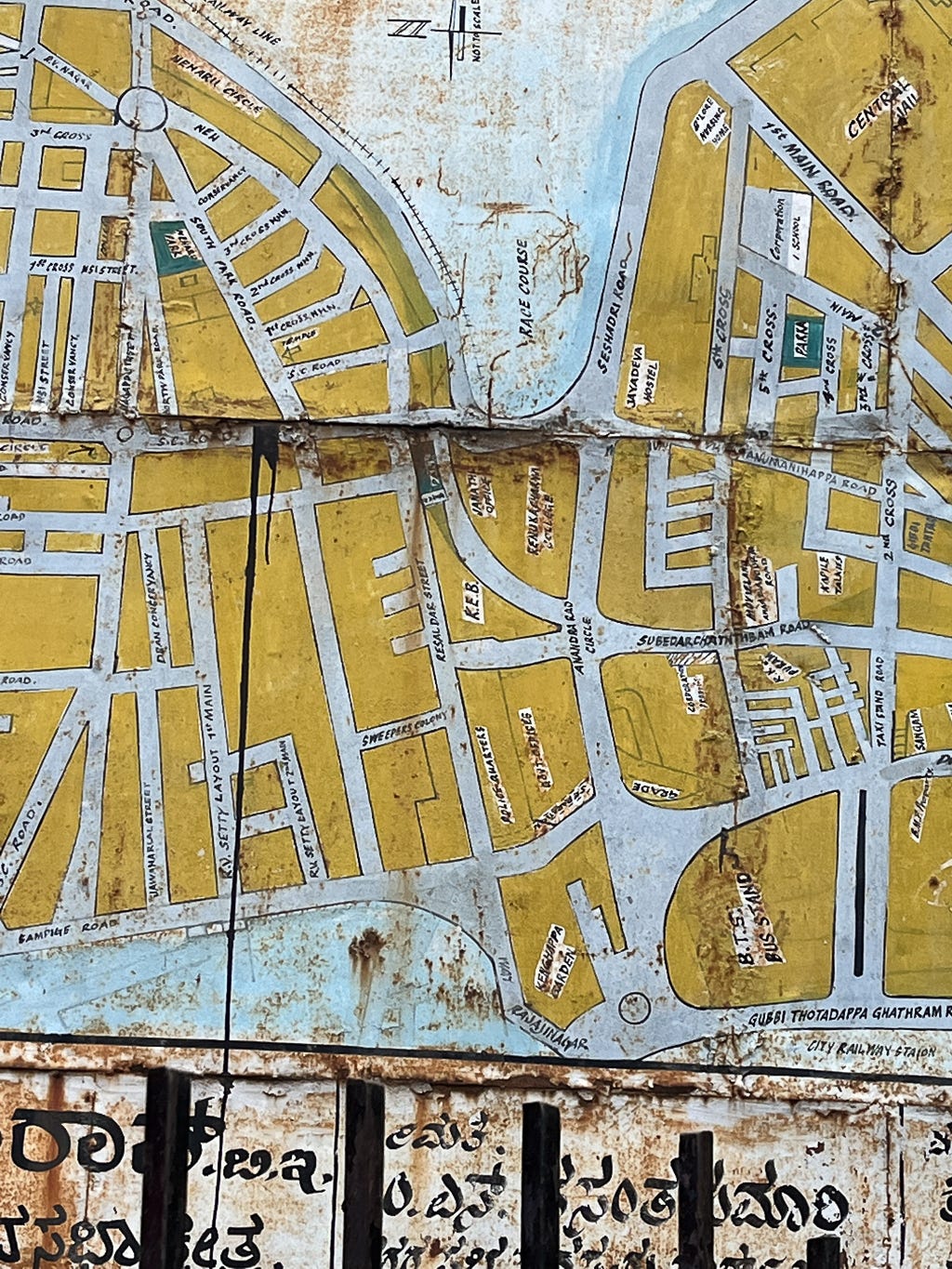
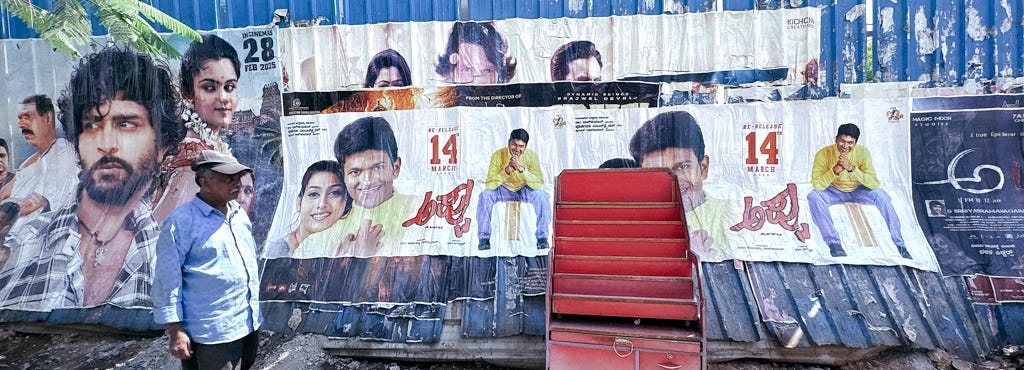
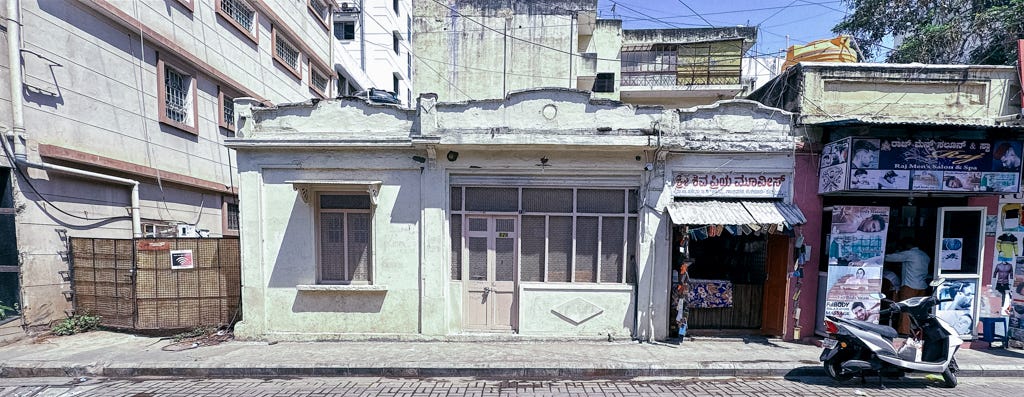
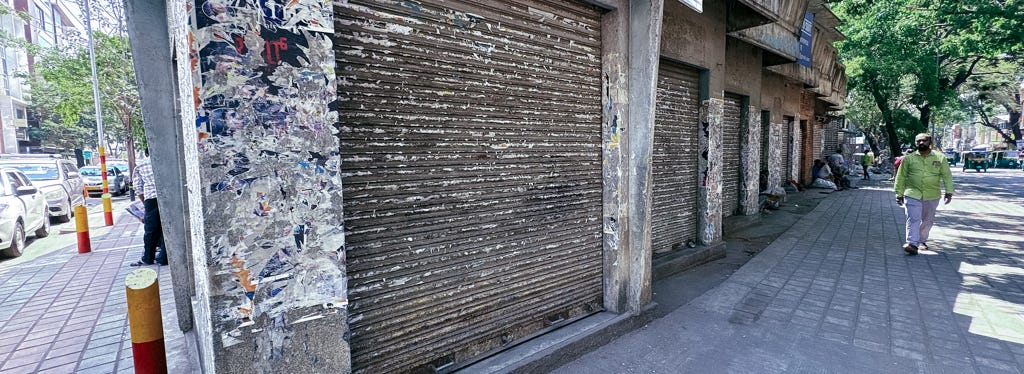
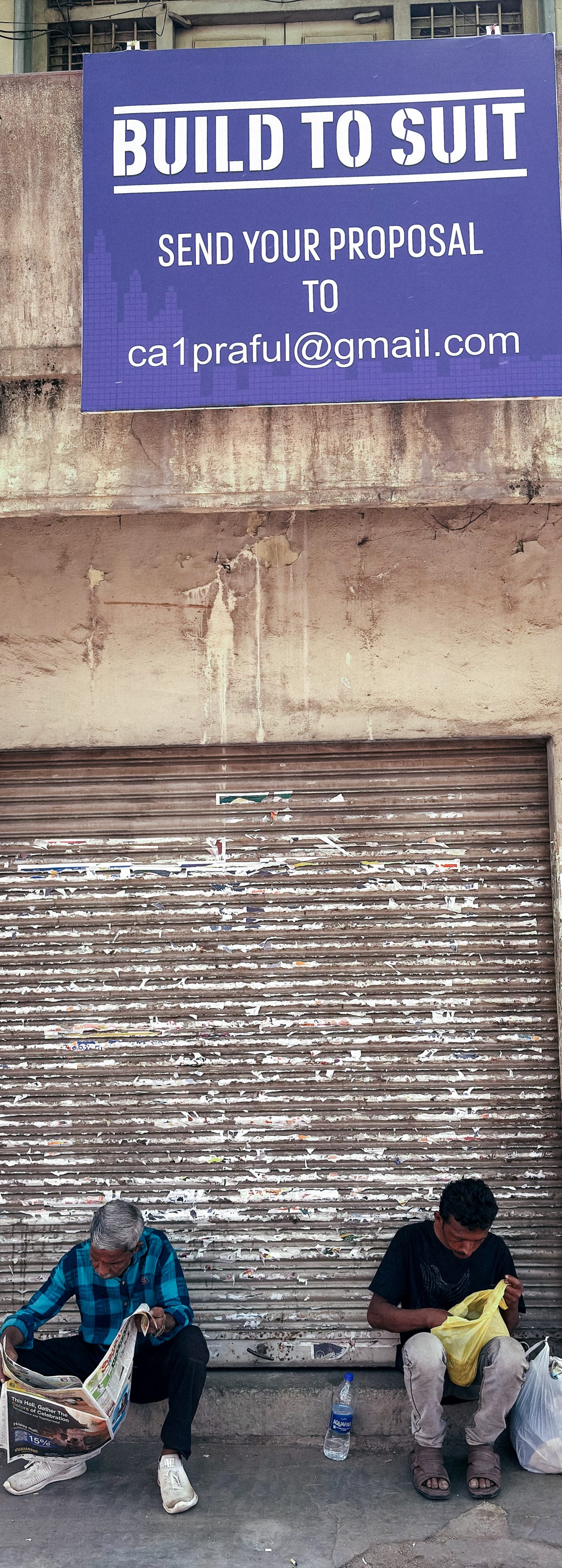
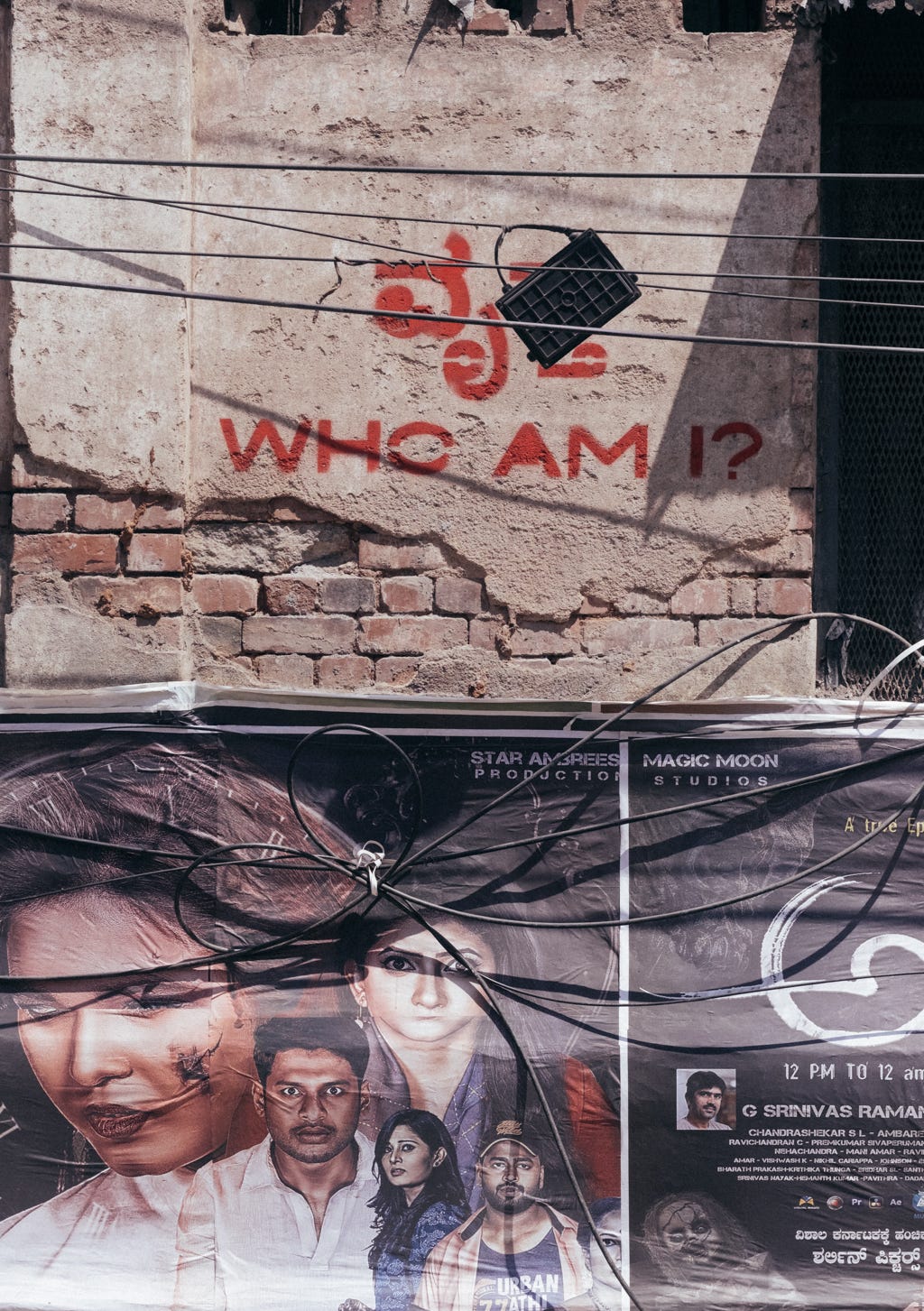
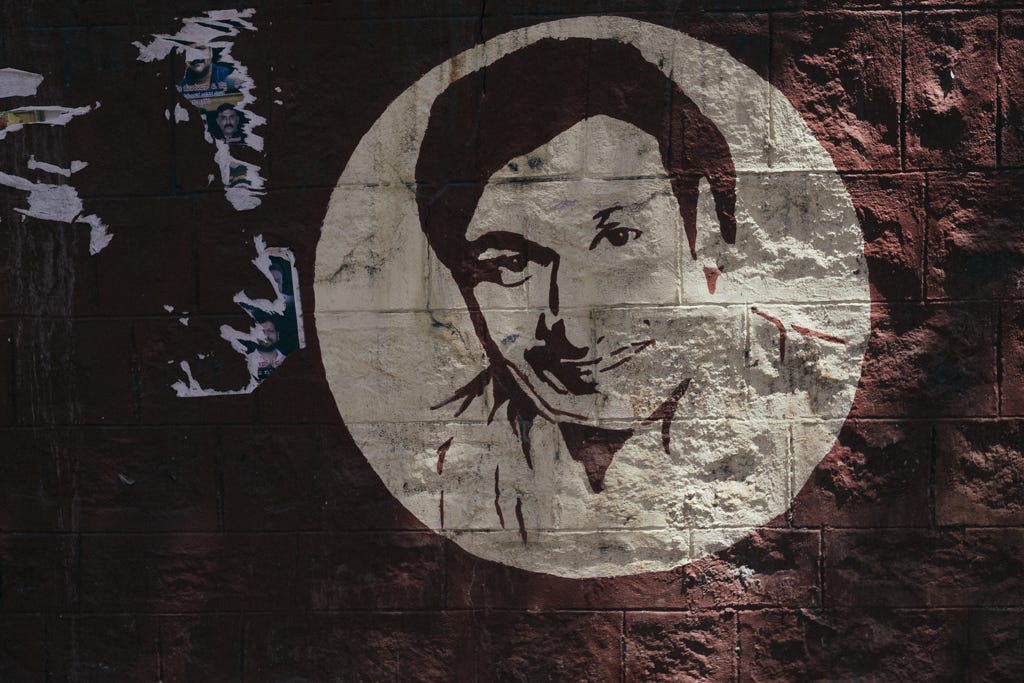
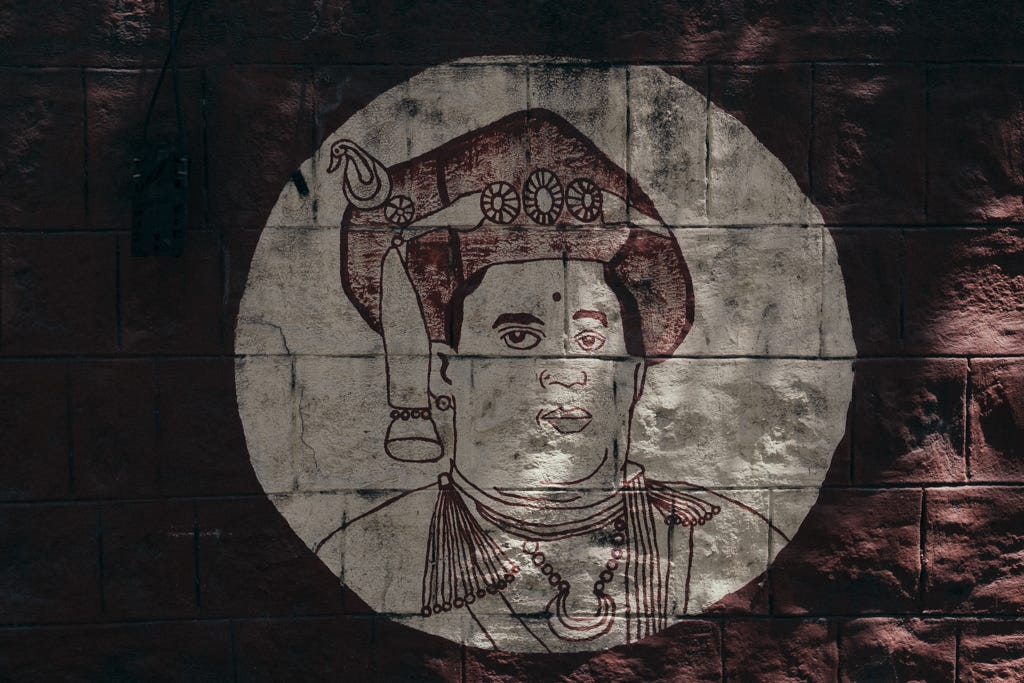

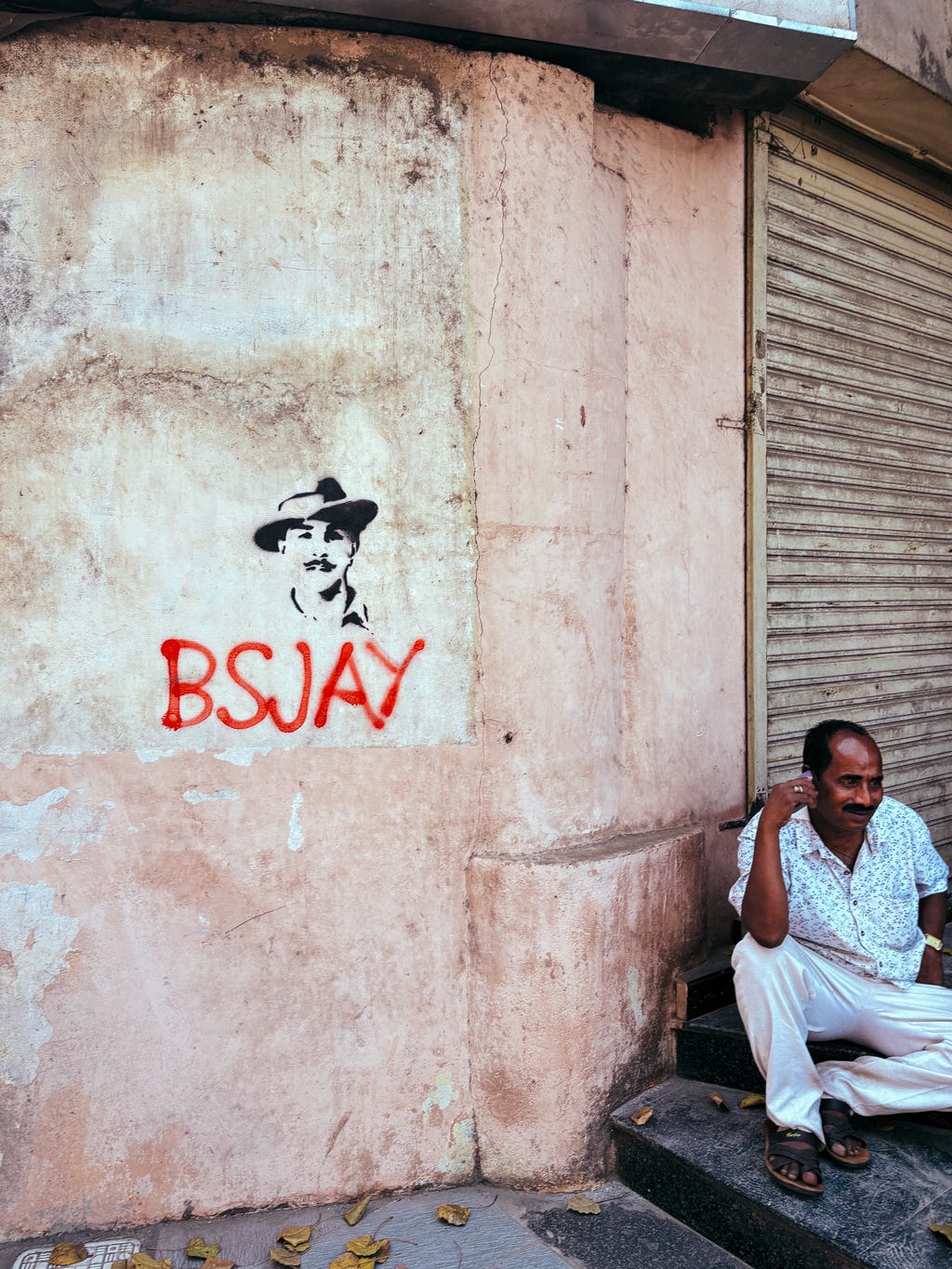

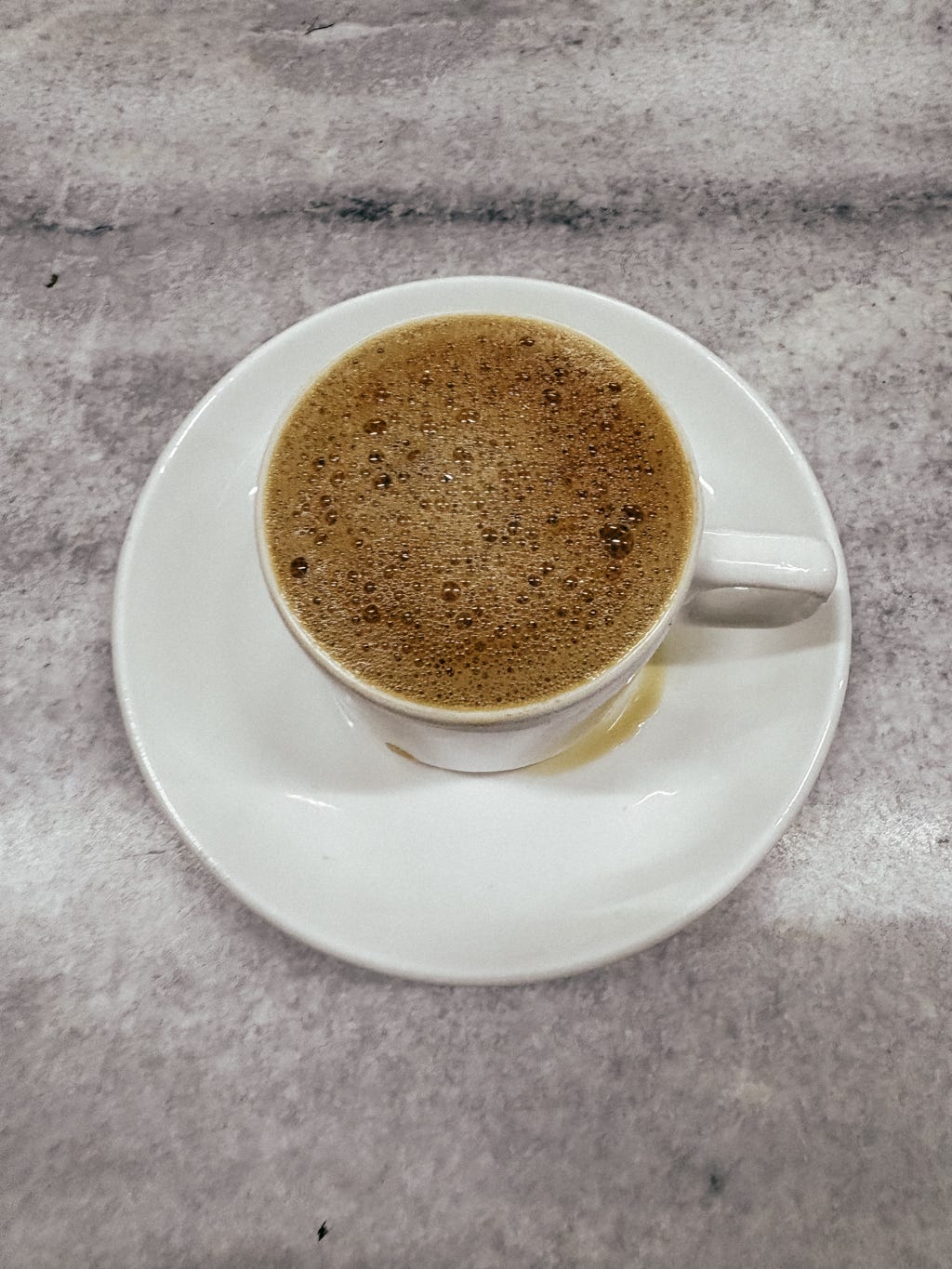
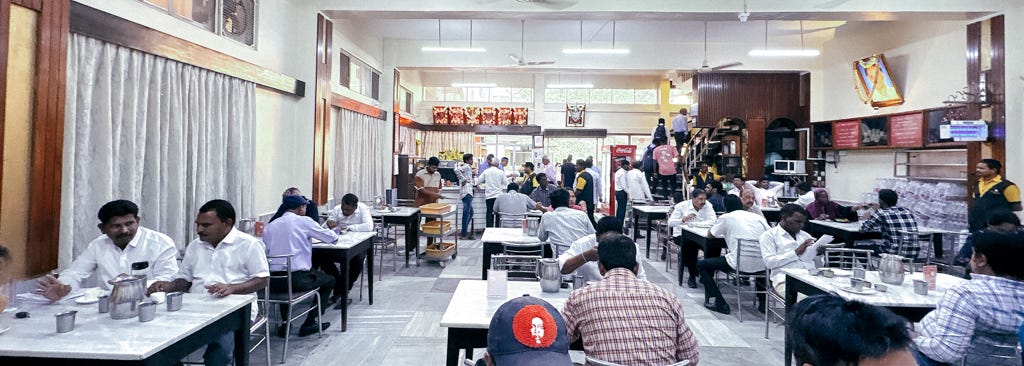

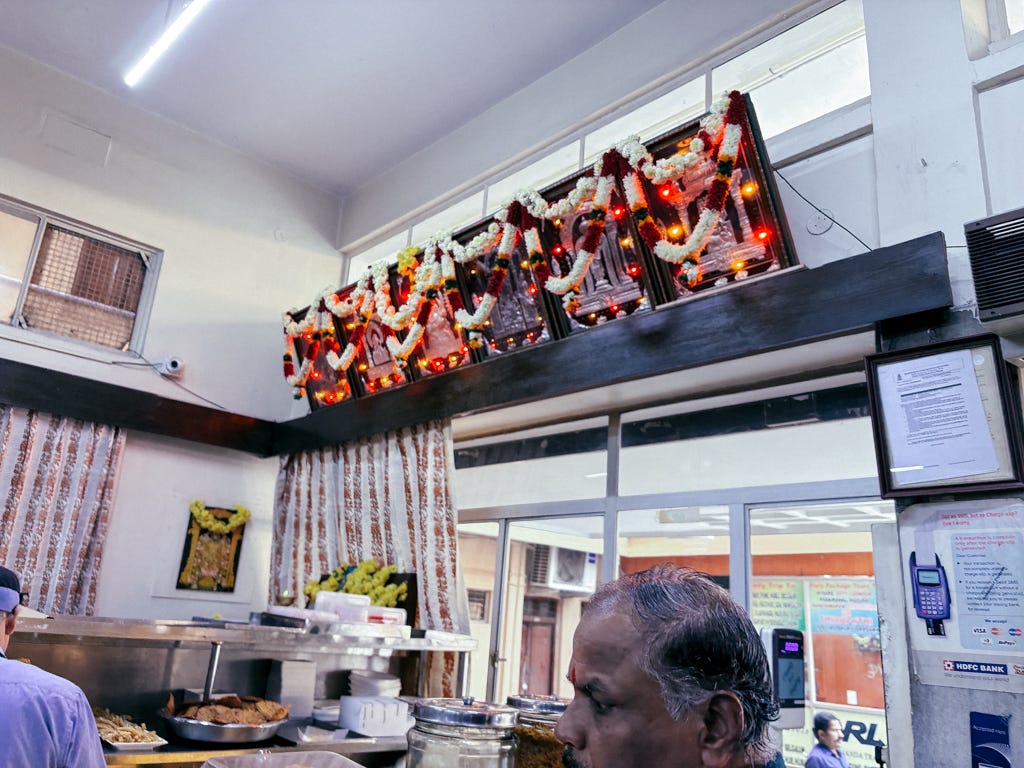
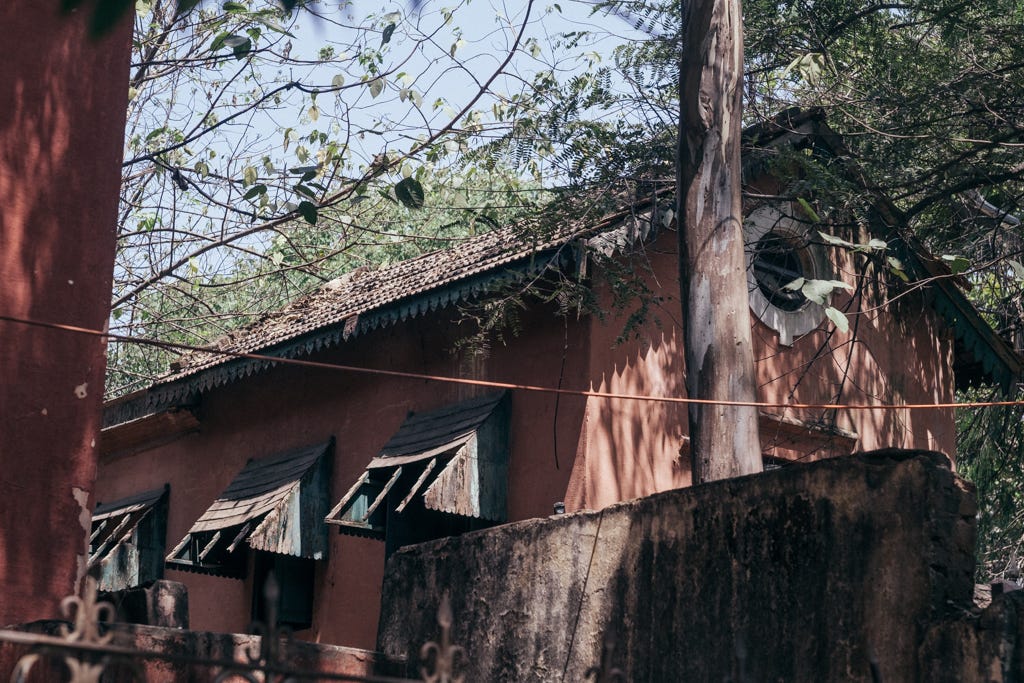
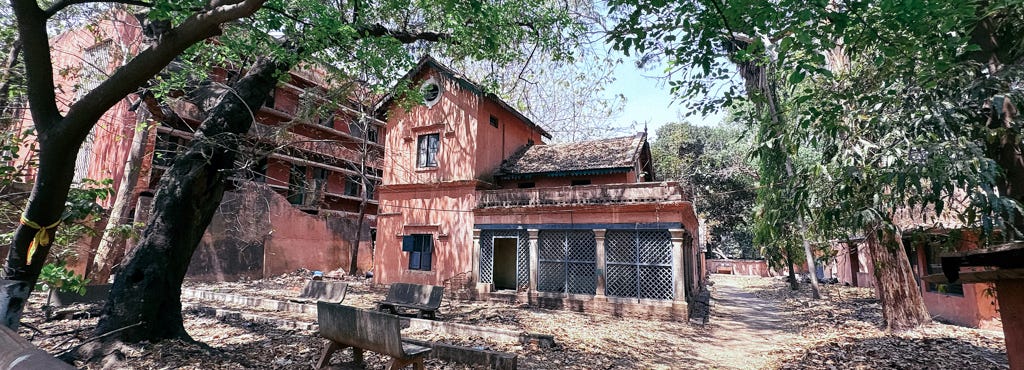
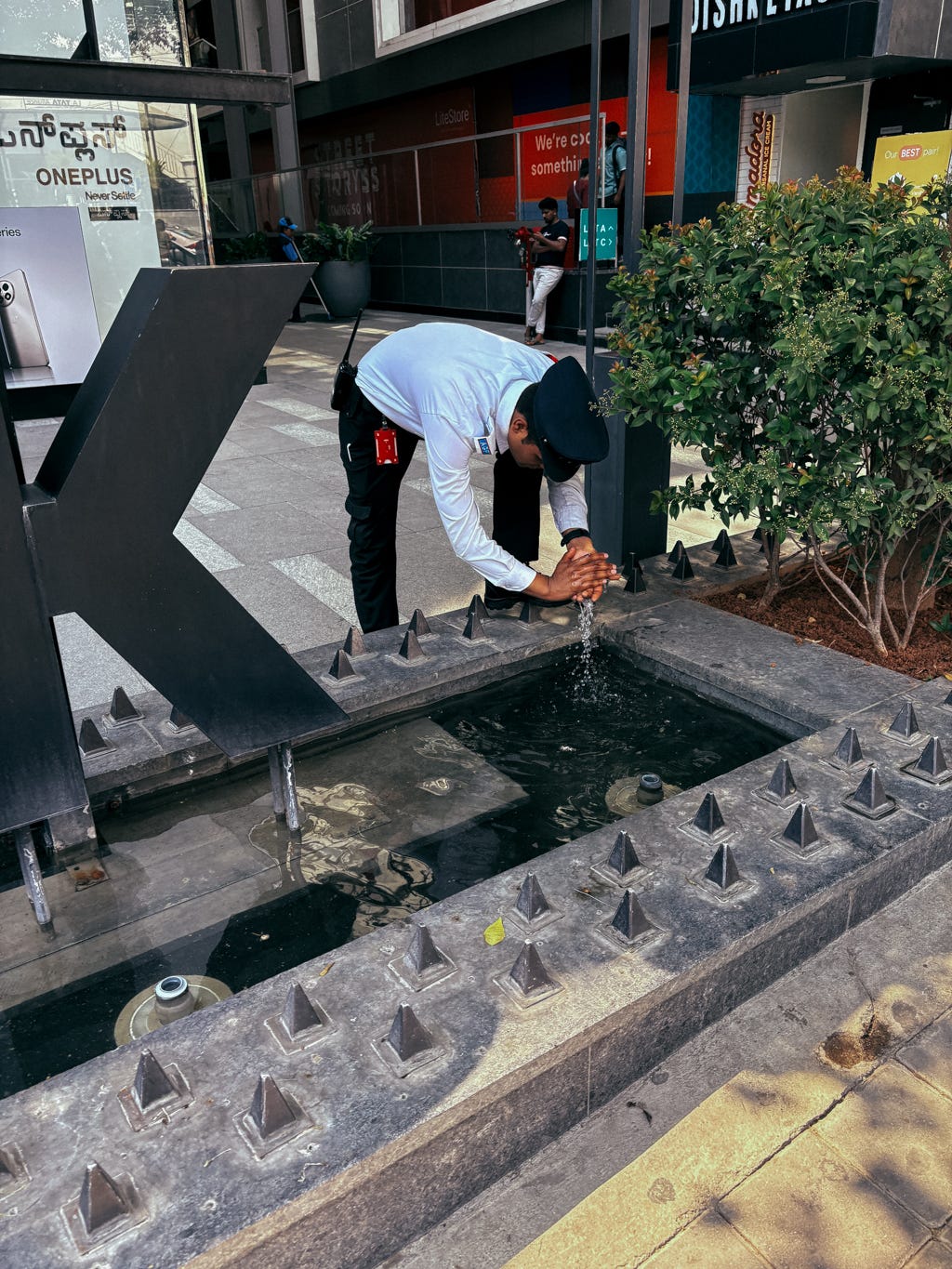
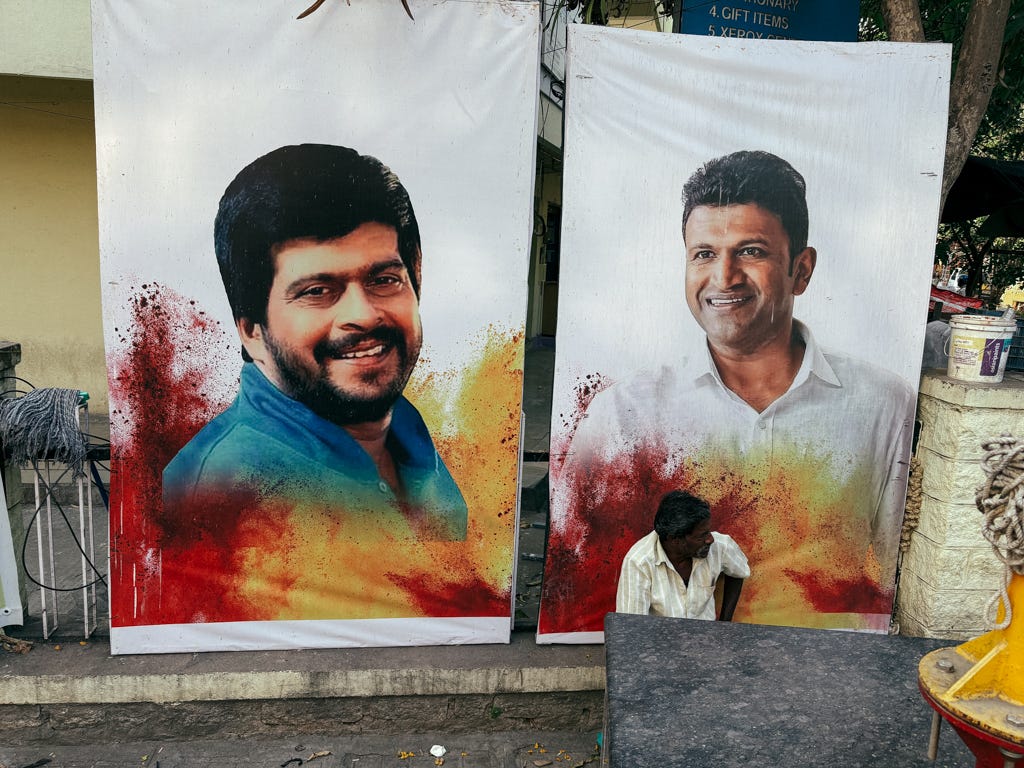
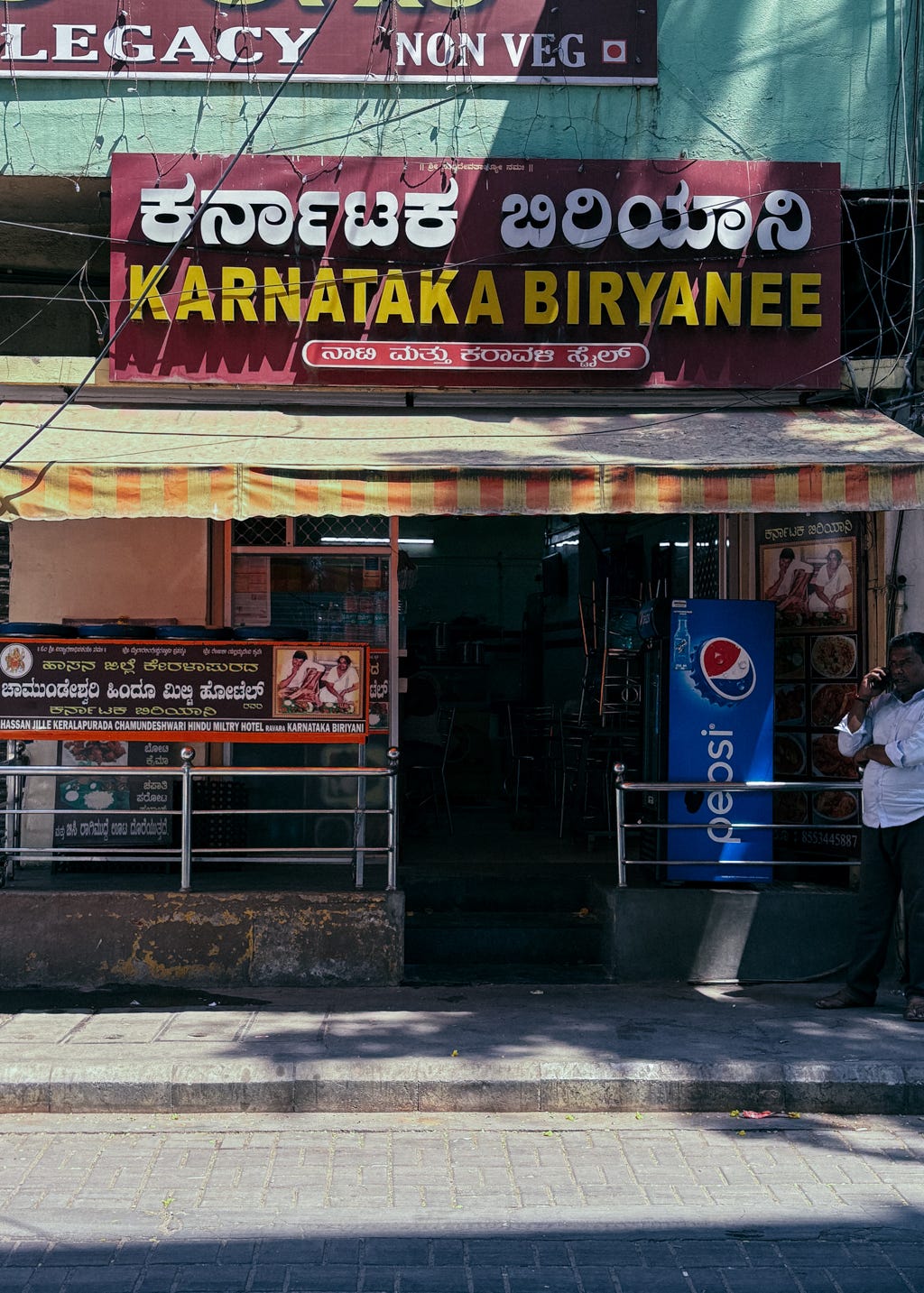
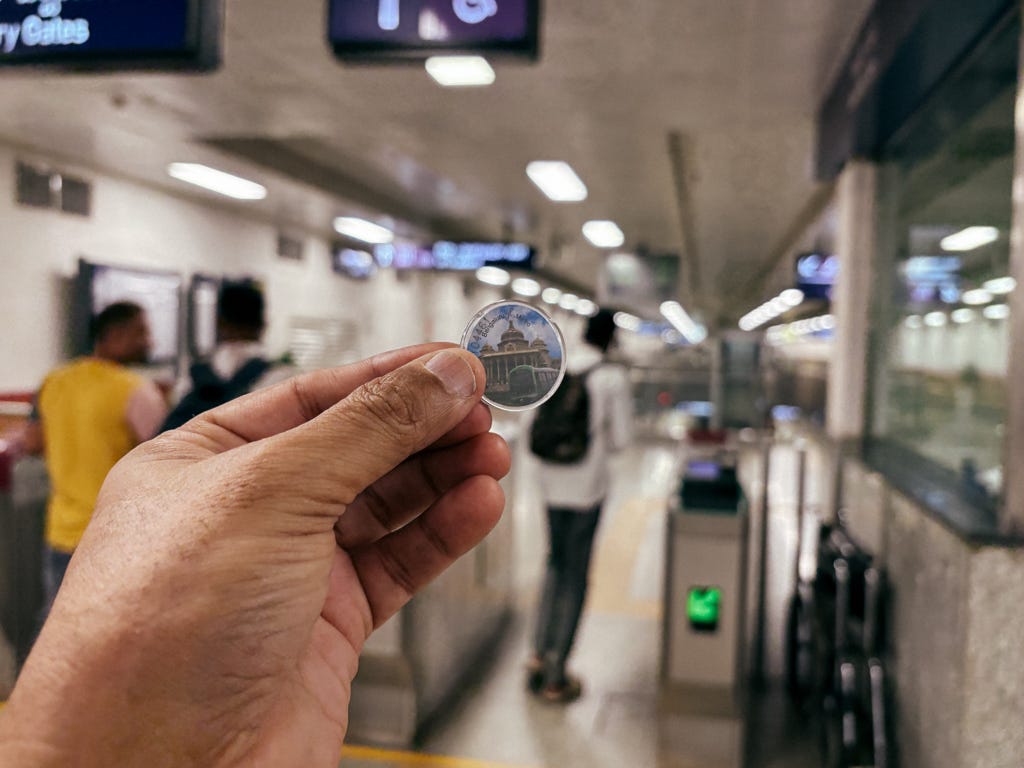
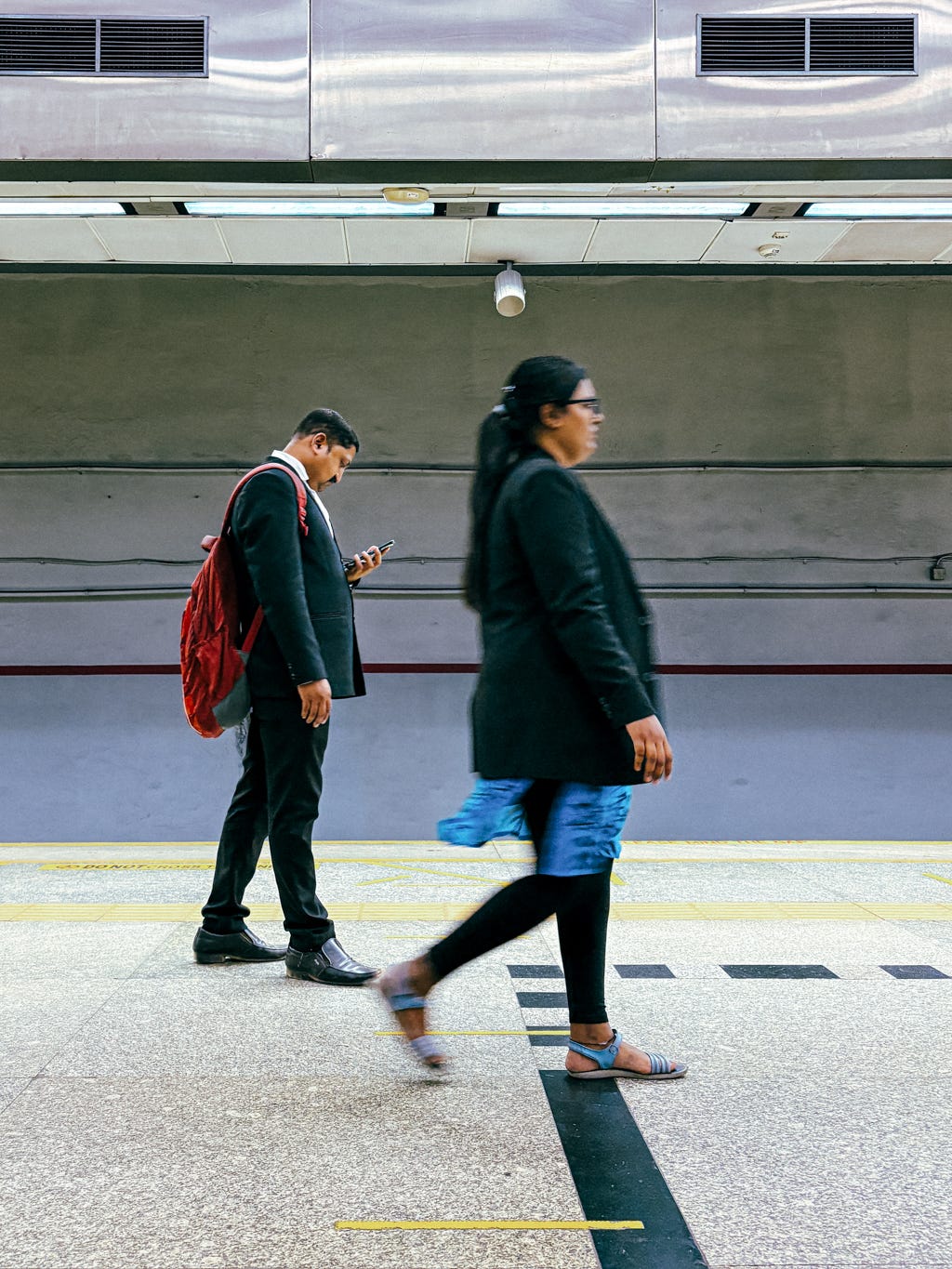
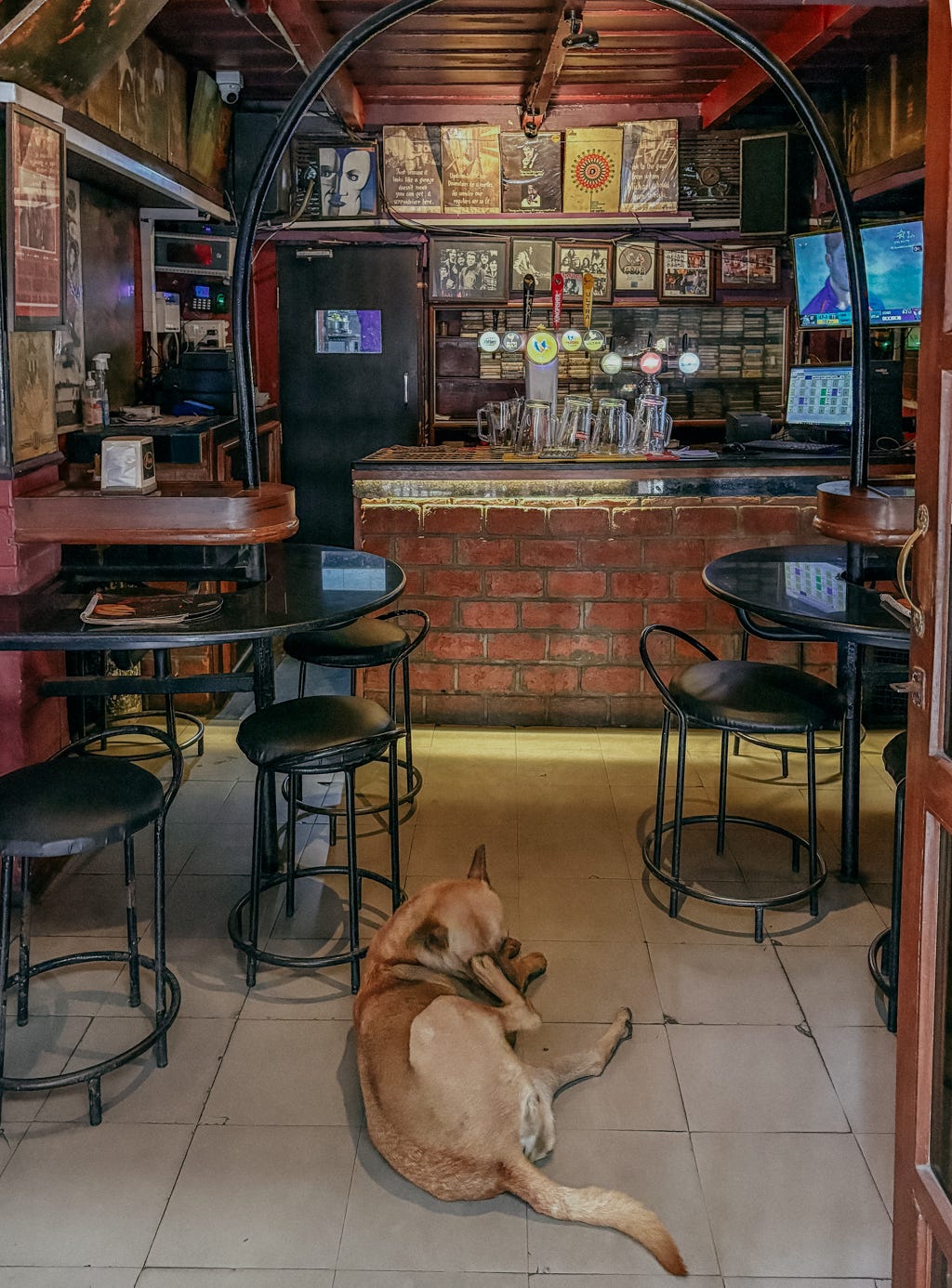

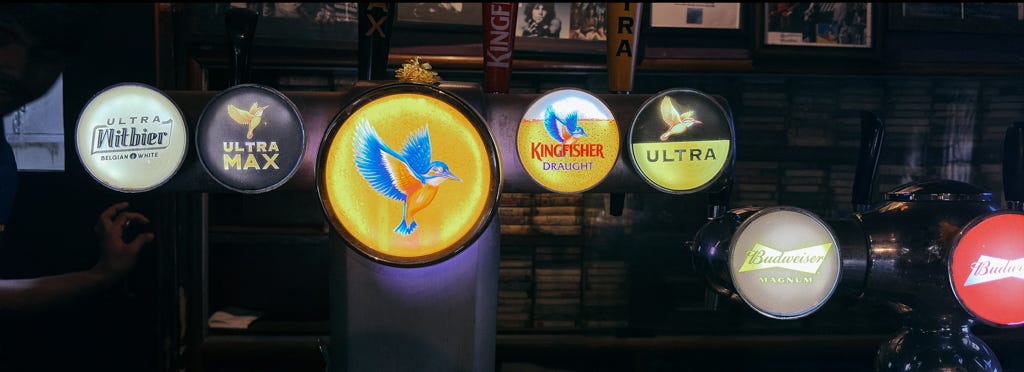
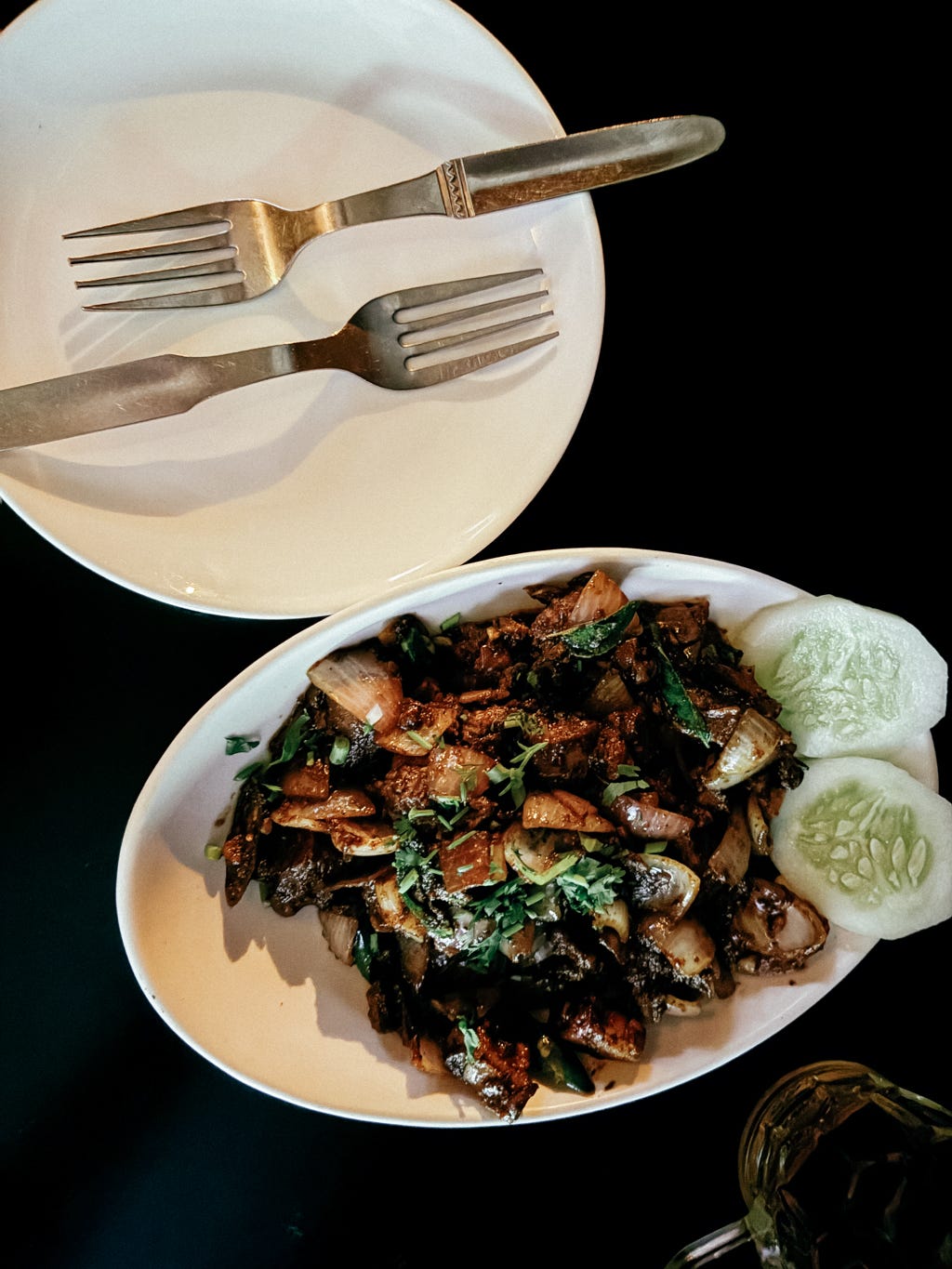
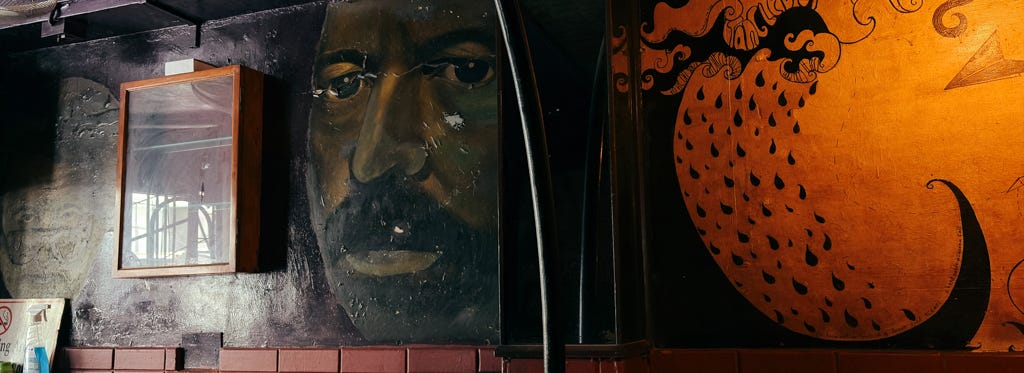
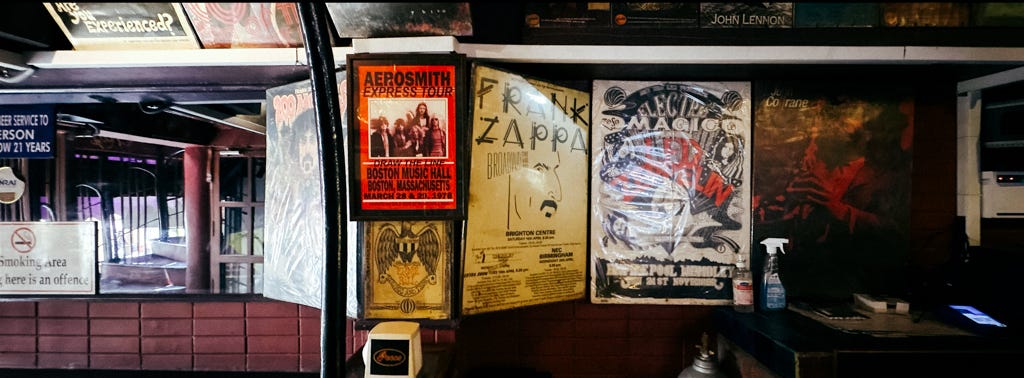
Enjoyed loafing with you, I say! Had total feels of your old cross-and-main project
Loved it! The Green City was my summer hang as a kid. Back in the 80s. In recent visits I have been amazed at how much of that survives despite all the change!